Owning a rabbit isn’t just a hobby—it’s a commitment. From the right hay to enrichment toys, bunny lovers know their furry friends need care, like any other pet. But there’s one topic that gets overlooked: what happens when your rabbit gets sick or injured?
Click Here to Shop Rabbit Products.

Vet bills can add up quickly, especially for exotic pets like rabbits. That’s where rabbit pet insurance comes in. But is it worth the monthly cost, or is it just another expense that won’t pay off? Let’s dive into what rabbit insurance really covers, how much it costs, and whether it’s a smart choice for your bunny’s long-term care.
Understanding Veterinary Care for Rabbits
Rabbits are classified as exotic pets by most veterinarians. This isn’t just a technicality. It means they need specialized care, and that often comes at a higher cost. Not all vet clinics treat rabbits, and the ones that do usually charge more due to the training and equipment involved.
A routine checkup for a rabbit can cost anywhere from $60 to $100, depending on location. Emergency visits? Those can run into the hundreds—fast. Surgeries like tooth trims, spay/neuter procedures, or treating gastrointestinal stasis can easily cost over $1,000. And rabbits, with their delicate systems, are more prone to certain conditions that require frequent medical attention.
Because of this, the financial investment of owning a rabbit isn’t small. Many pet owners assume small pets mean small costs, but rabbits can surprise you.
What Does Rabbit Pet Insurance Cover?
Here’s the good news: rabbit pet insurance exists, and it works a lot like traditional pet insurance. The coverage depends on the provider, but most policies offer protection for unexpected injuries and illnesses. This includes diagnostics, treatment, surgeries, and sometimes even prescription medication.
Some plans may offer limited coverage for wellness care—like annual checkups or vaccines—but most focus on emergencies and chronic illnesses. It’s important to read the fine print. For example, many plans won’t cover pre-existing conditions or elective procedures.
The top providers that currently offer plans for rabbits include Nationwide, which is one of the only major insurers covering exotic pets in the U.S. Their coverage applies to rabbits, ferrets, birds, and reptiles, and it's been a go-to for exotic pet owners for years.
Comparing Costs: Premiums vs. Vet Bills

Let’s talk numbers. The average monthly premium for rabbit pet insurance ranges between $10 and $25. That might not sound like much, but over a year, you’re spending $120 to $300. Multiply that over the average rabbit lifespan—8 to 12 years—and you could pay anywhere from $1,000 to $3,600 over the course of their life.
Now compare that to a single emergency vet visit for GI stasis, which often costs $700 to $1,200 depending on severity. If your rabbit ends up needing care once or twice a year, the policy quickly pays for itself. But if your bunny is healthy for years, it may feel like you’re throwing money away—until the day something goes wrong.
Some people prefer to self-insure—putting money into a savings account instead of paying premiums. This method works best if you have the discipline to consistently save and resist using the funds for anything else. But it also depends on your rabbit’s health and any surprise medical issues that may pop up.
Rabbit Pet Insurance: Is It Worth It?

The value of rabbit pet insurance comes down to two things: your risk tolerance and your bunny’s health history. If your rabbit is young and healthy, insurance might feel unnecessary. But rabbits are notorious for hiding signs of illness until it becomes an emergency, and by then, your options may be limited without financial support.
Insurance gives peace of mind. It makes the decision to proceed with treatment a little easier when you’re not worried about draining your savings. That peace is hard to measure in dollars but makes a big difference when emotions are high and time is critical.
Many rabbit owners share stories of how insurance saved their bunnies—whether it was dental surgery for malocclusion or treatment after a fall. On the flip side, some who didn’t have it regret not signing up after facing surprise bills. If you’ve ever had a sick rabbit, you know how fast the situation can change.
How to Choose the Right Policy
Start by checking if your vet accepts insurance reimbursements. Most pet insurance plans work on a reimbursement model: you pay the bill upfront and submit a claim for a partial refund. Make sure the insurer you choose covers rabbits specifically—many don’t.
Look for a plan that includes diagnostics like X-rays and bloodwork. Rabbits often need imaging to detect blockages or organ issues. A good plan will also cover surgeries and hospitalization, even if you never need them. You’ll want to review what percentage of costs they reimburse—some cover 70%, others 90%.
Read customer reviews. Look for feedback from other rabbit owners. The experience of fellow exotic pet parents is more valuable than generic ratings meant for dogs and cats. And don’t hesitate to call the insurer directly with questions before enrolling.
Common Conditions That Can Be Covered
Rabbits are susceptible to several medical issues that can sneak up without much warning. One of the most common is GI stasis, where the digestive system slows or stops. It's painful, potentially deadly, and always an emergency. Treatment usually includes fluids, motility drugs, pain relief, and sometimes hospitalization.
Another major concern is dental disease. Rabbit teeth never stop growing, and if their alignment is off even slightly, it can lead to sharp points, abscesses, and painful overgrowth. Dental work for rabbits isn’t cheap. It often requires anesthesia and specialized tools, which many general vets don’t have on hand.
Other conditions that rabbit pet insurance may cover include:
-
Respiratory infections – often caused by Pasteurella or other bacteria, and needing antibiotics and sometimes oxygen therapy.
-
Uterine cancer – a risk in unspayed female rabbits, usually requiring surgery to treat.
-
Abscesses and soft tissue injuries – caused by bites, falls, or other trauma.
-
Skin issues and parasites – including mites, ringworm, or allergies.
While some of these may seem rare, they’re all more common than you might expect—especially in senior rabbits. Pet insurance won’t prevent the problem, but it can ease the financial burden of treating it.
What Rabbit Pet Insurance Doesn’t Cover
No insurance plan is perfect. Most rabbit pet insurance policies have exclusions that can catch you off guard. For example, pre-existing conditions are almost always excluded. If your bunny already had a dental issue before enrollment, that won’t be covered going forward.
Preventative care, like grooming, nail trims, and most supplements, is not included unless you purchase an add-on plan. Spaying and neutering are sometimes not covered either, depending on the provider. Routine wellness exams are usually not included, just accidents and illnesses.
Behavioral issues and cosmetic procedures also fall outside most coverage plans. And while accidents are typically covered, negligence (like injury from a poor housing setup) could be denied. Always read the policy documents in full before committing.
Alternatives to Insurance: Is a Savings Plan Better?

If insurance feels too restrictive or you don’t like dealing with reimbursements, you’re not alone. Some rabbit owners create a dedicated emergency fund for their bunny. It’s a solid option—but only if you’re consistent and disciplined about adding money monthly.
For example, saving $20 per month over 3 years gives you $720. That might be enough for one moderate vet bill, but it won’t go far in the case of multiple emergencies or chronic care. Insurance spreads the risk. A savings plan gives you control but doesn’t protect you from high-cost surprises early on.
Hybrid approaches work well too. Some owners pay for a lower-tier insurance plan to cover emergencies and set aside savings for minor care and deductibles. That way, you’re covered both ways—without depending entirely on one method.
How to File a Claim (and What to Expect)
Most rabbit pet insurance providers don’t work like human health insurance. Instead of direct billing, they use a reimbursement model. This means you’ll need to pay your vet up front, then submit a claim to the insurance company for reimbursement.
To file a claim, you usually submit an itemized invoice, any related medical records, and sometimes a claim form via email or an online portal. Reimbursement timelines vary by provider but typically take anywhere from a few days to several weeks.
Keep in mind that reimbursement rates depend on your specific plan. For example, if your plan covers 80% of eligible expenses and your deductible is $250, here’s how it might break down:
-
Vet bill: $1,000
-
Minus deductible: $750 eligible
-
80% of $750 = $600 reimbursed
That’s a big help—but you’ll still need to cover the initial cost and wait for your refund. This is why having both insurance and a small cushion of savings is often the most effective strategy.
Is Rabbit Pet Insurance Right for You?
Ask yourself: Would you be able to cover a $1,000 vet bill tomorrow? If not, insurance offers real peace of mind. But if you have a well-stocked emergency fund and are comfortable navigating out-of-pocket costs, you may choose to self-insure instead.
Rabbits hide pain well. By the time they show symptoms, their condition can be serious. That’s why waiting to buy insurance until they’re sick won’t work—it’ll be considered a pre-existing condition. If you’re going to enroll, do it while your rabbit is still young and healthy.
Also consider how much risk you’re willing to take. If you want to ensure that cost never gets in the way of life-saving treatment, rabbit pet insurance can be a literal life-saver. But if you’d rather gamble on the chance that your bunny stays healthy long-term, that’s your call to make.
Key Takeaways
-
Rabbit pet insurance helps cover the high cost of exotic vet care, which can quickly reach thousands of dollars.
-
Policies often include coverage for emergencies, surgeries, and chronic illnesses, but most exclude pre-existing conditions and routine care.
-
Weighing the cost of premiums against potential vet bills can help you decide whether insurance or a savings plan works best for you and your rabbit.

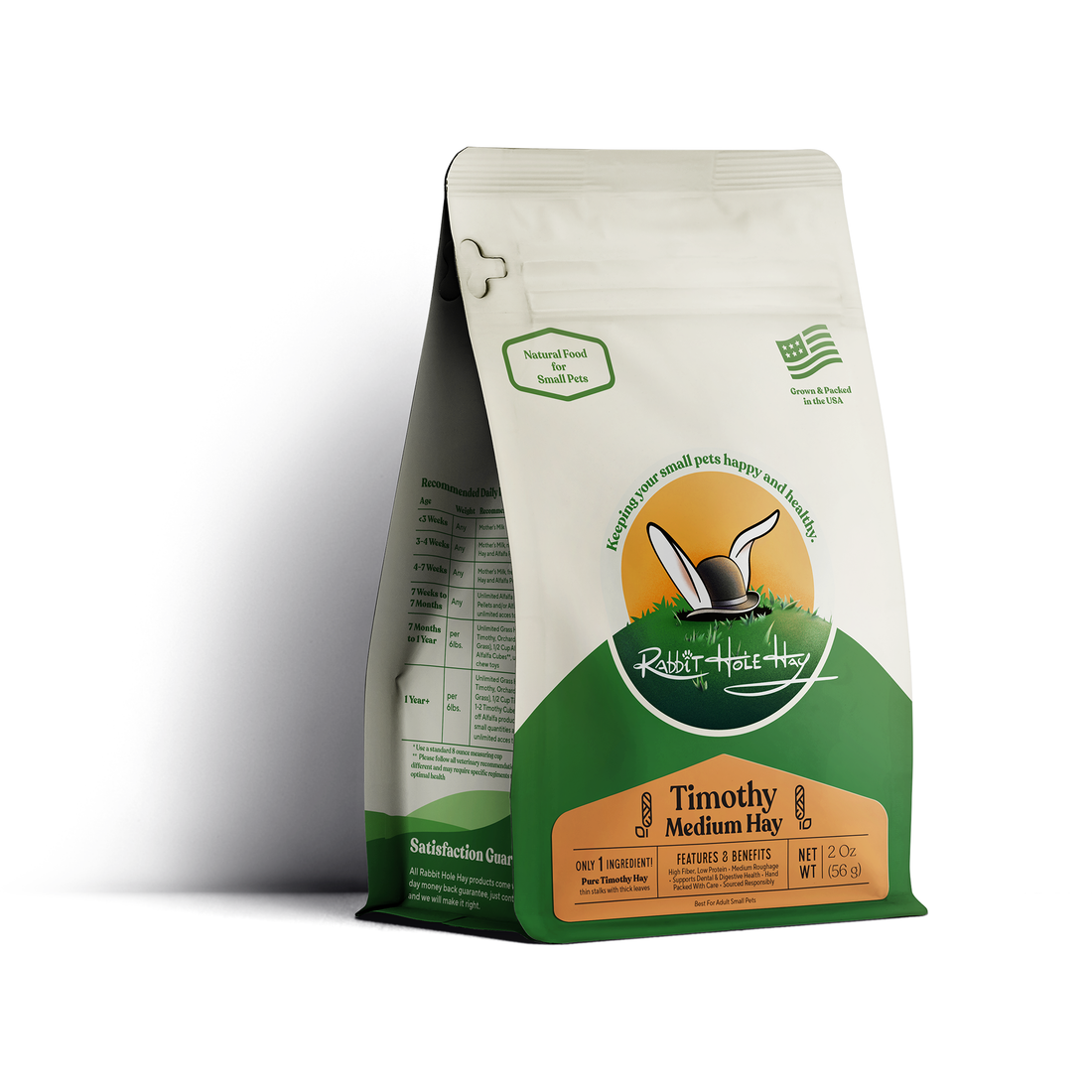



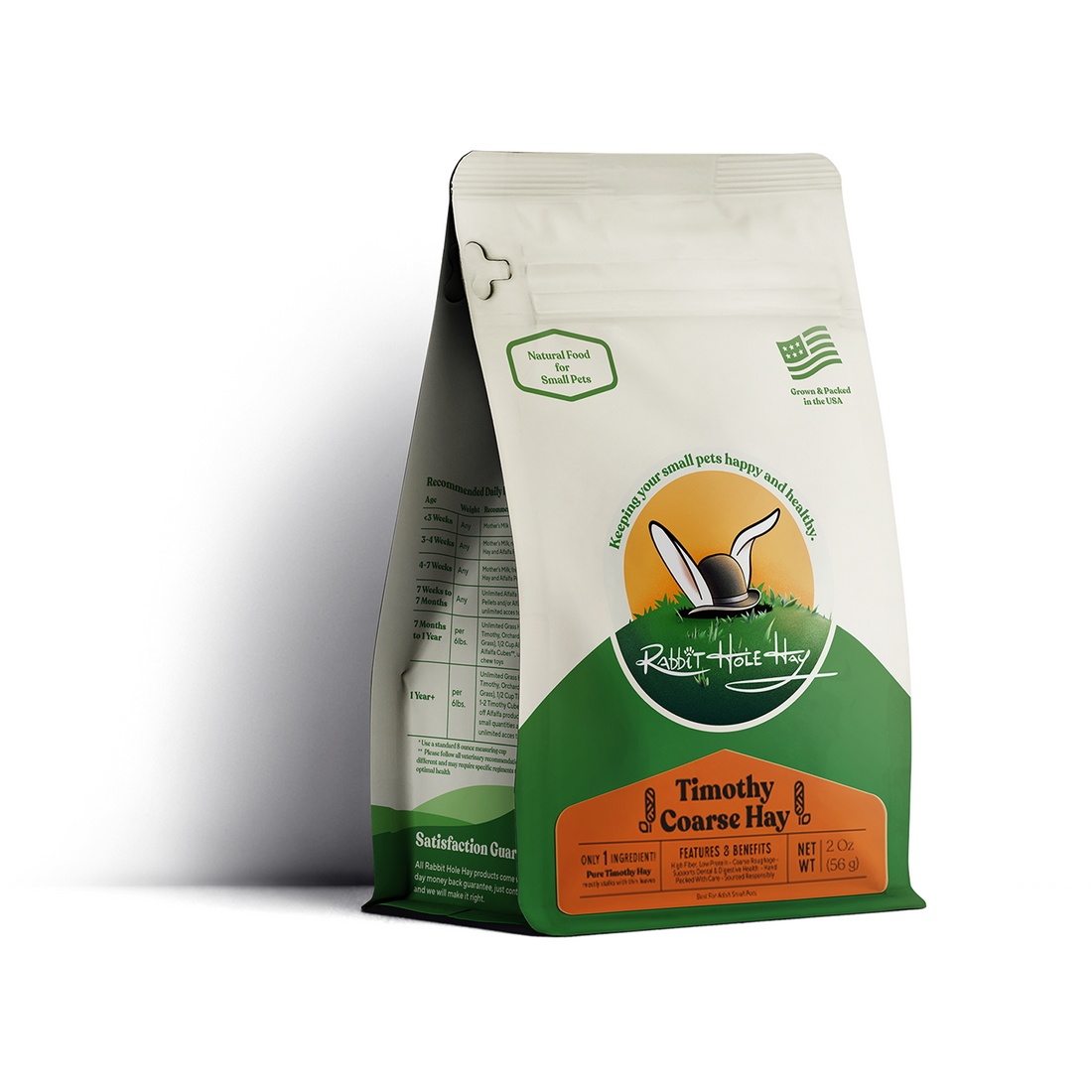

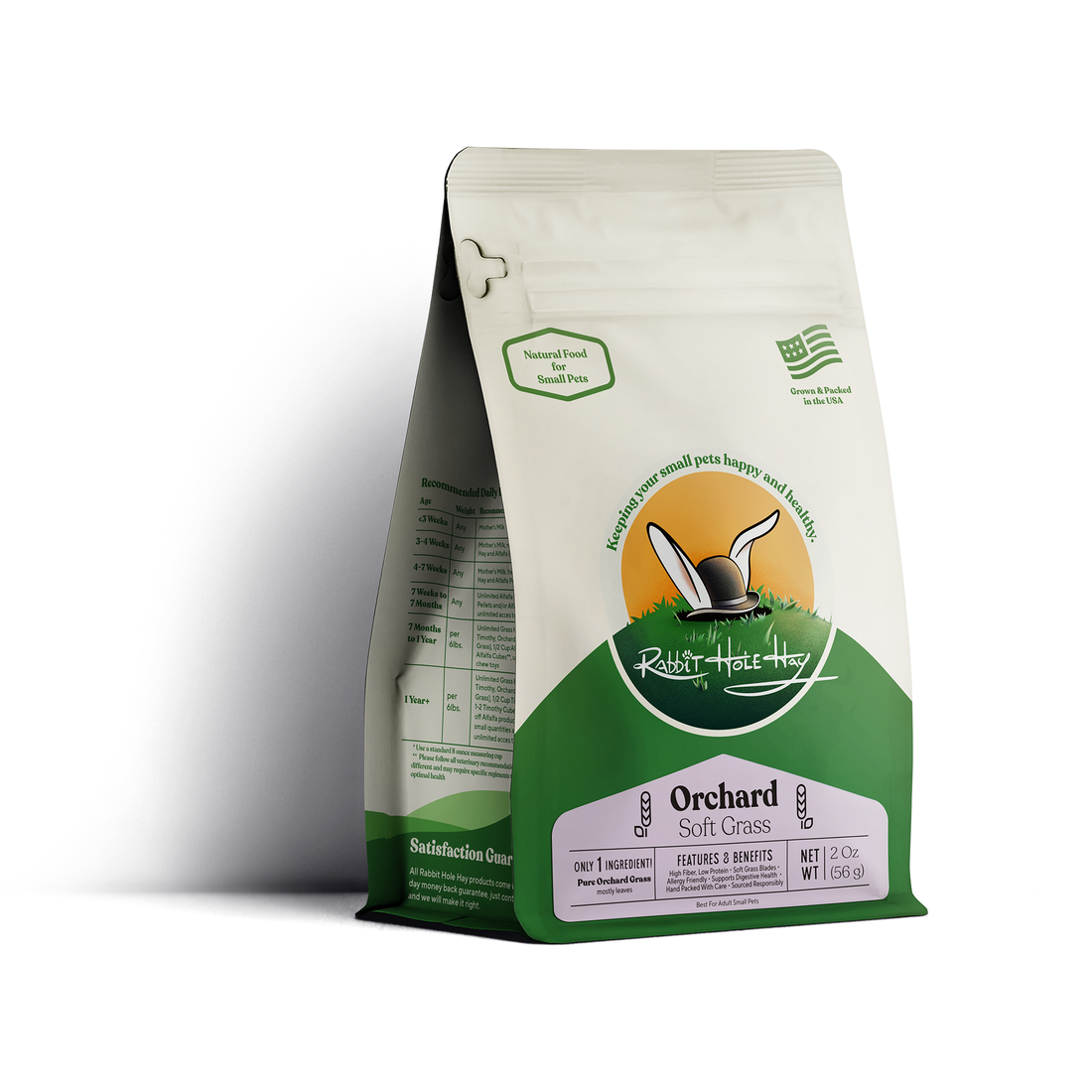

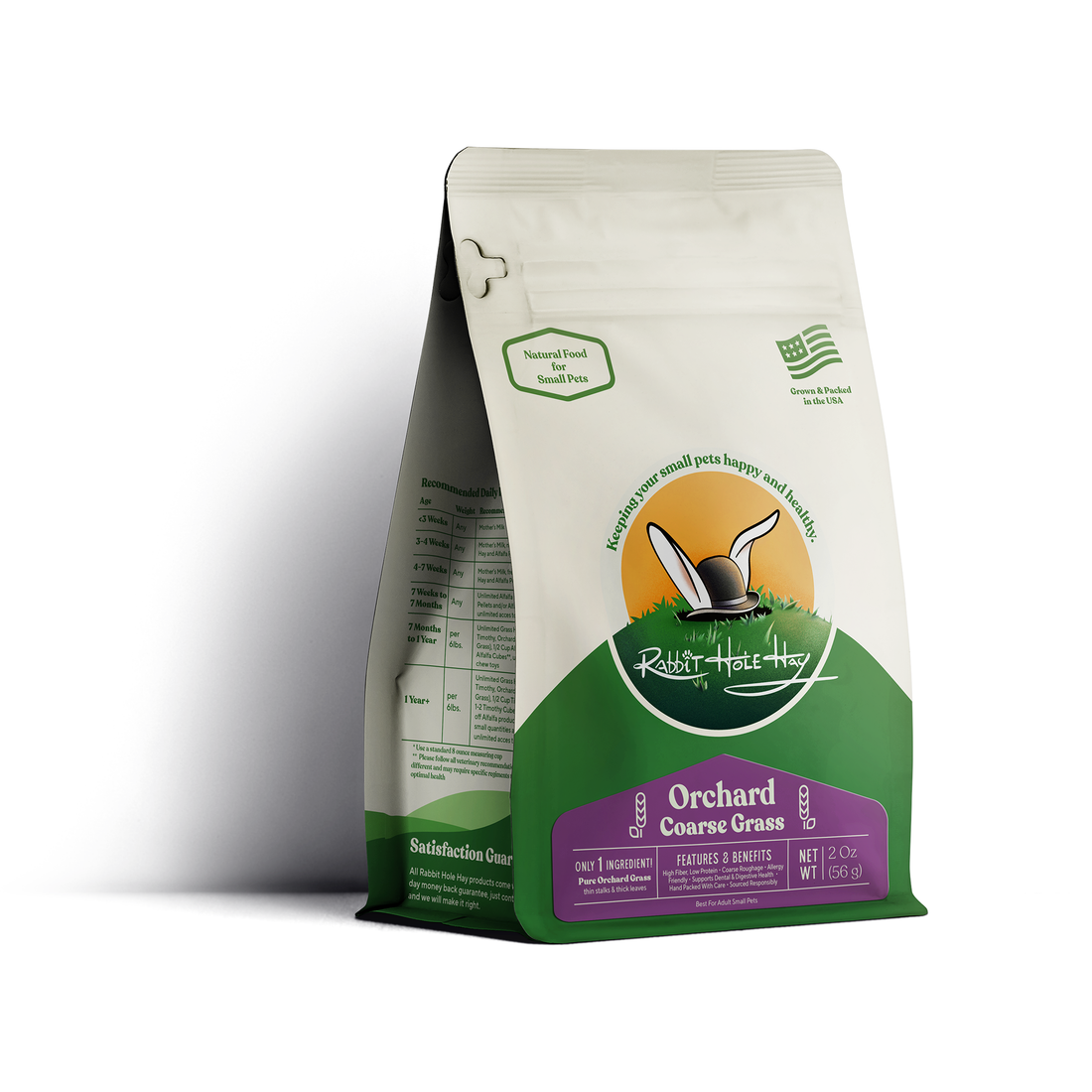



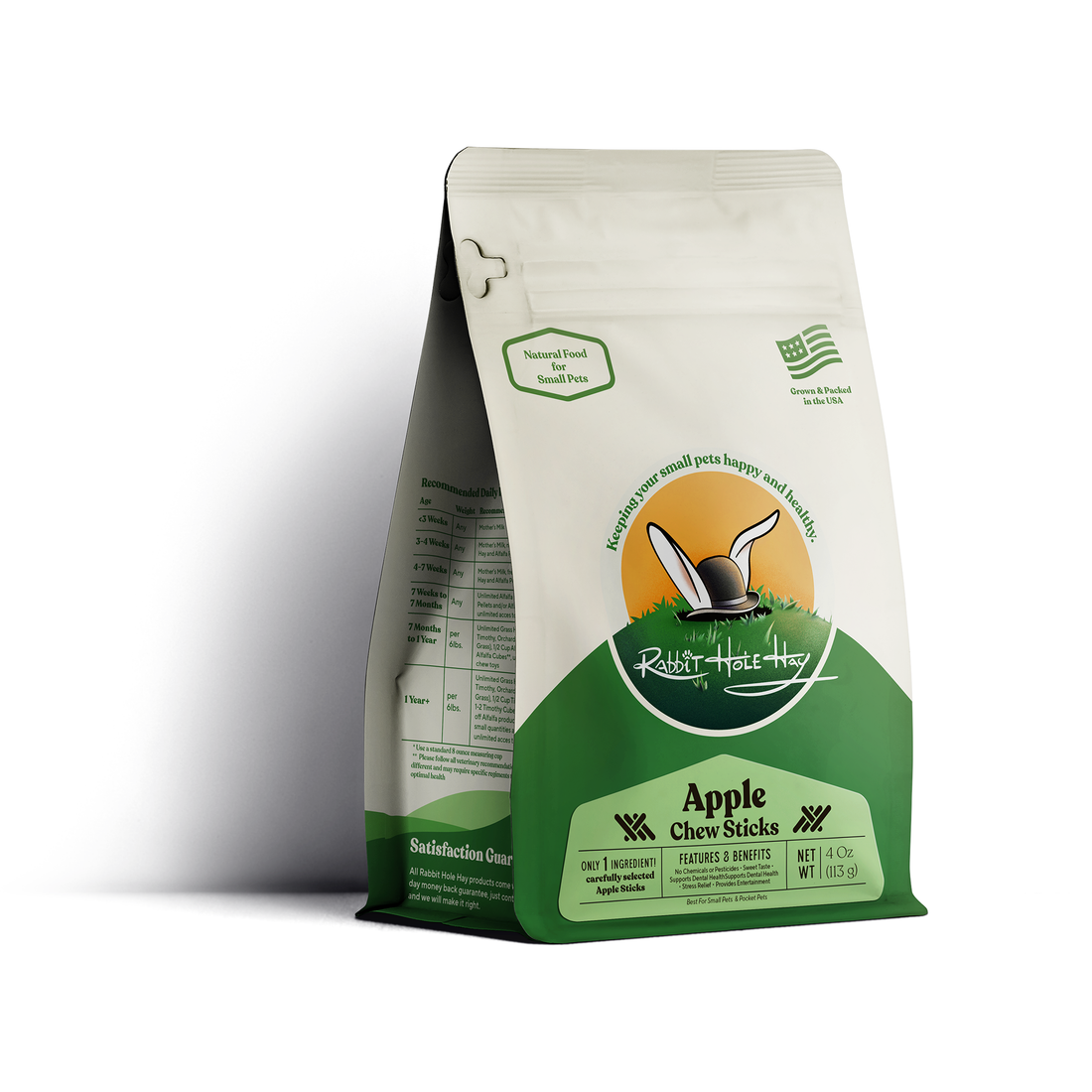

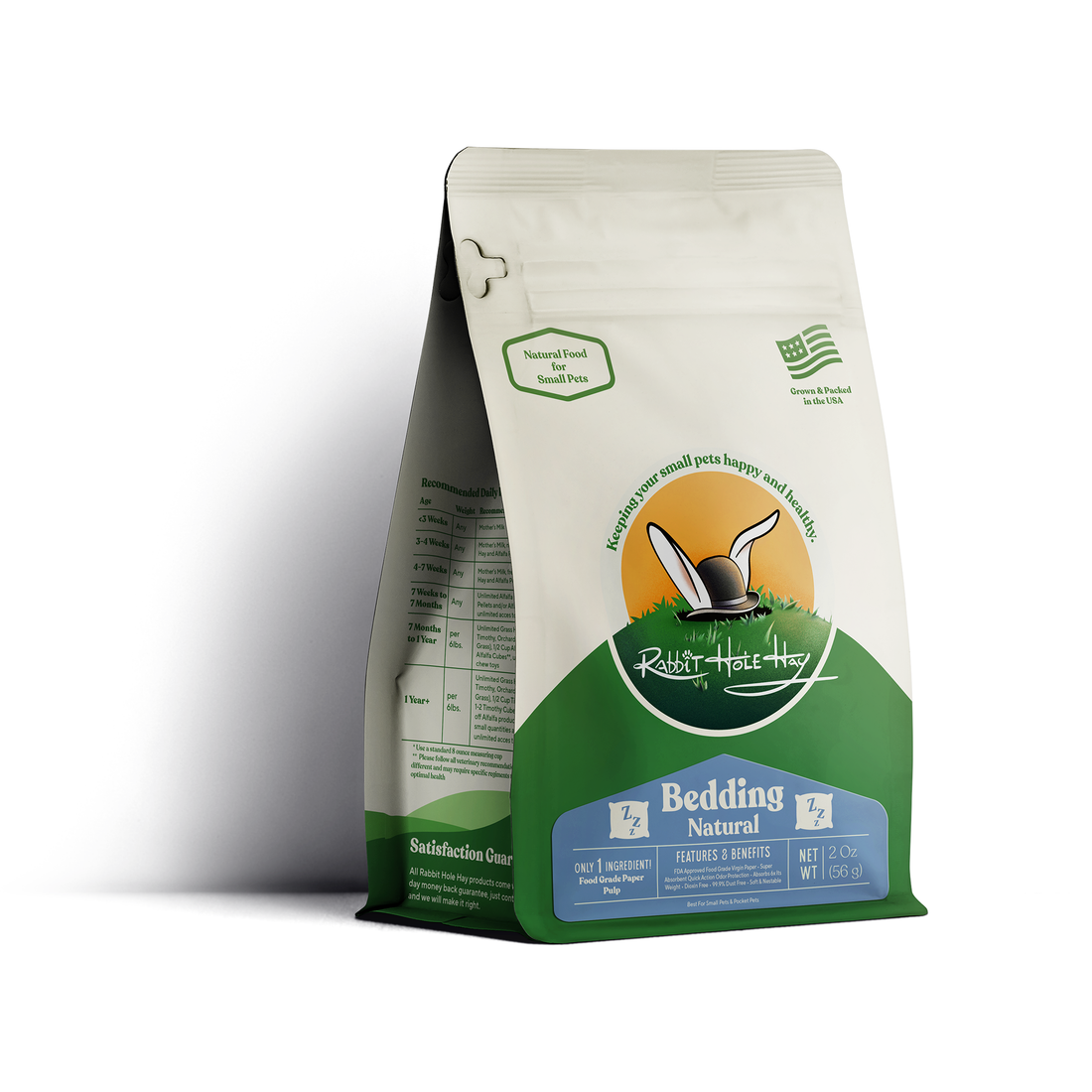
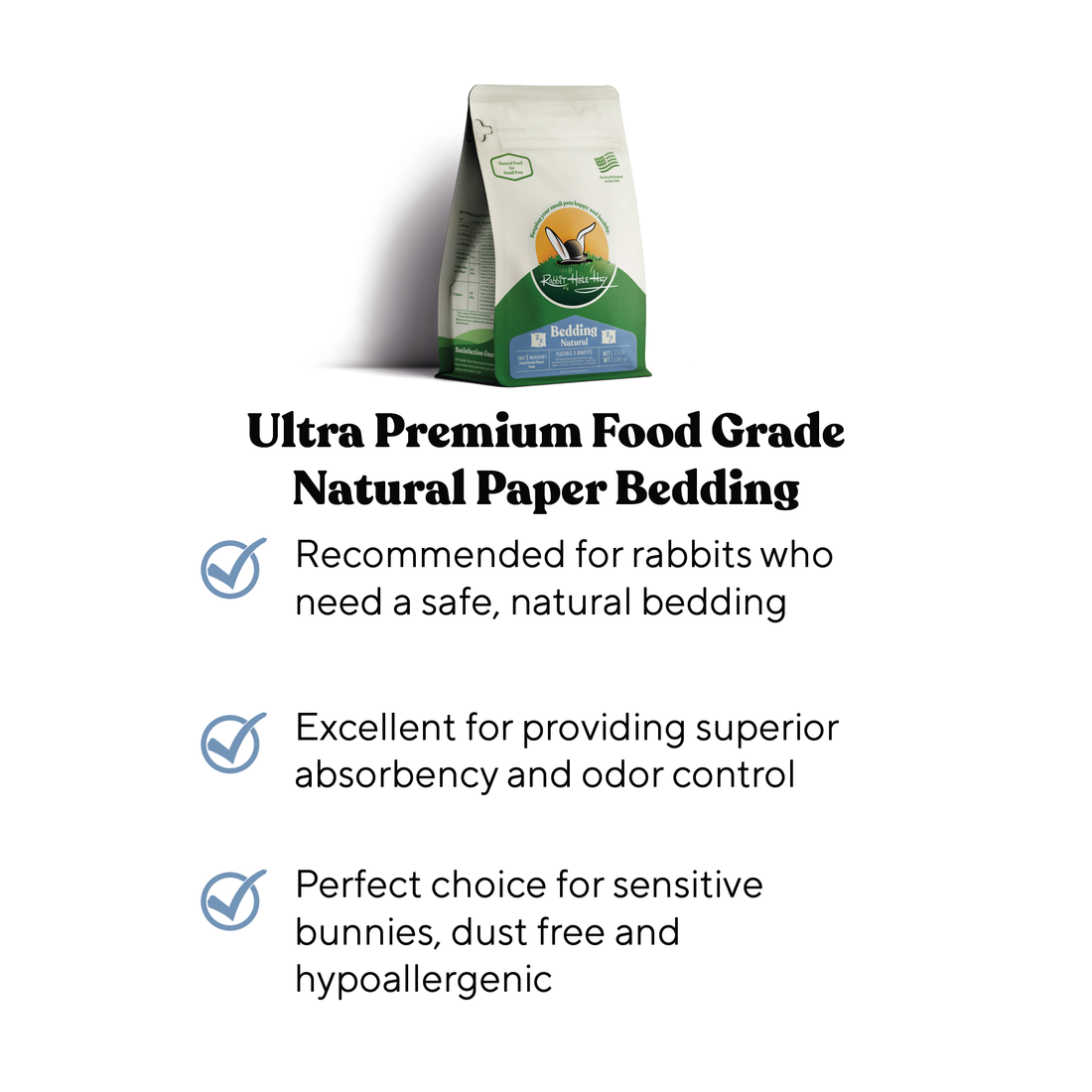
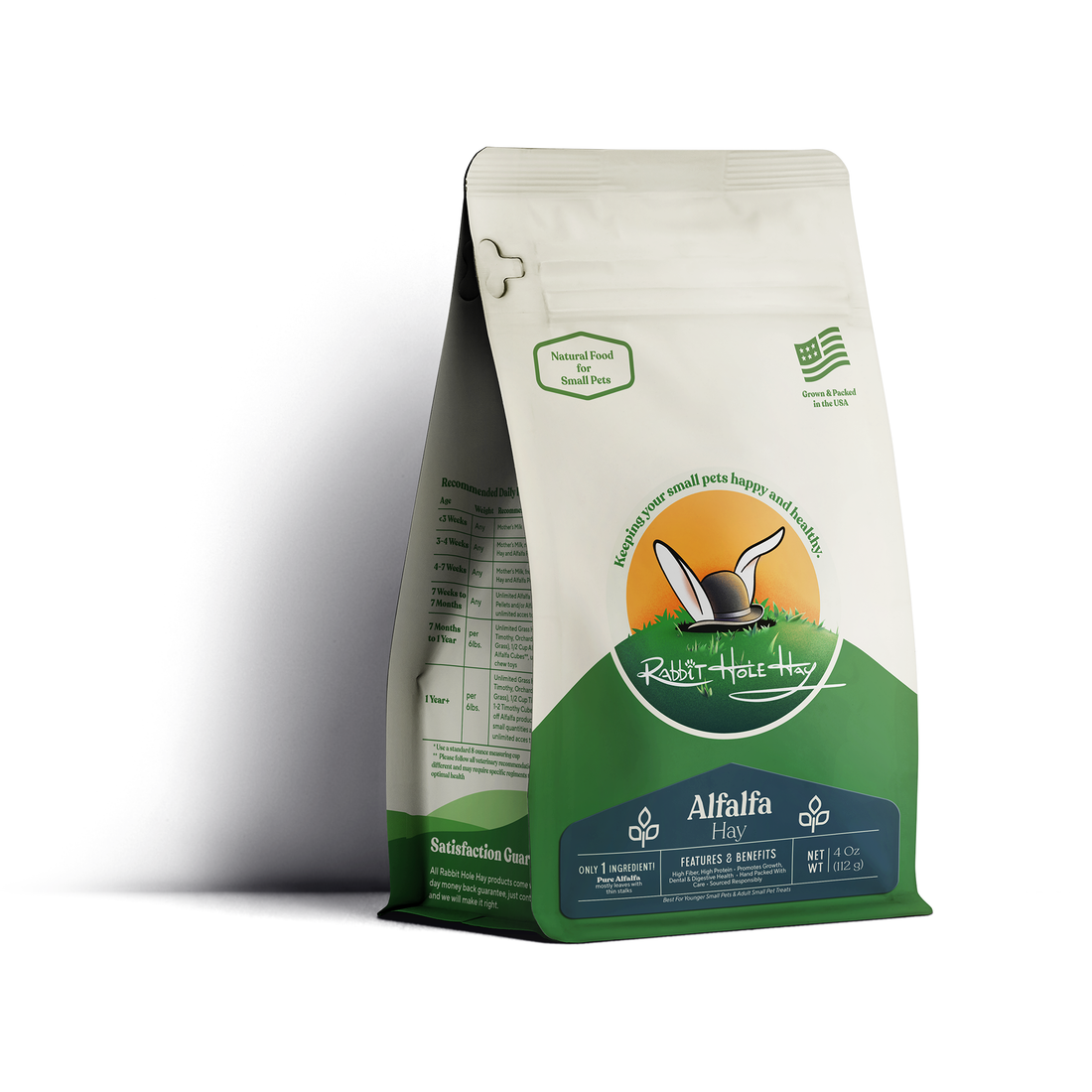
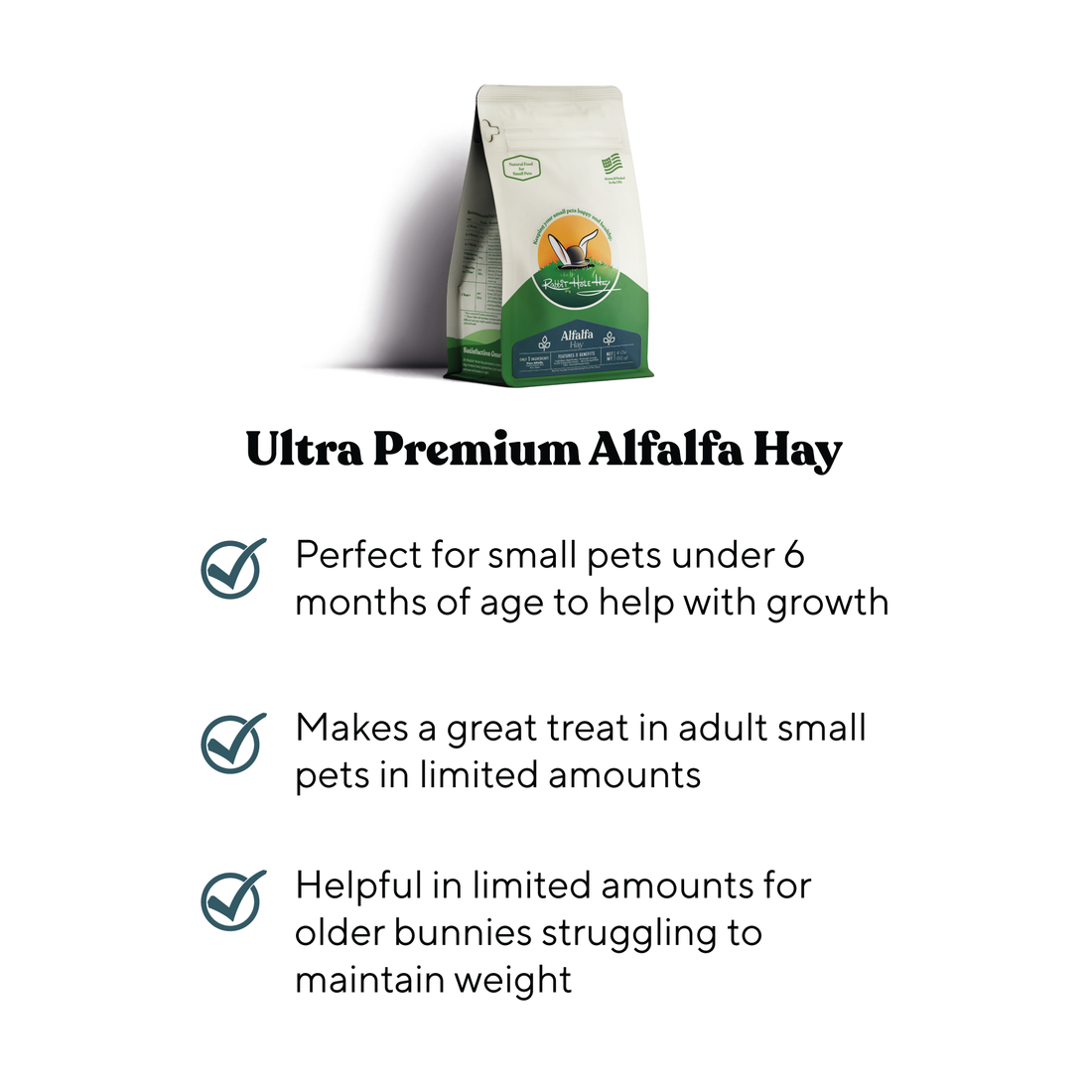

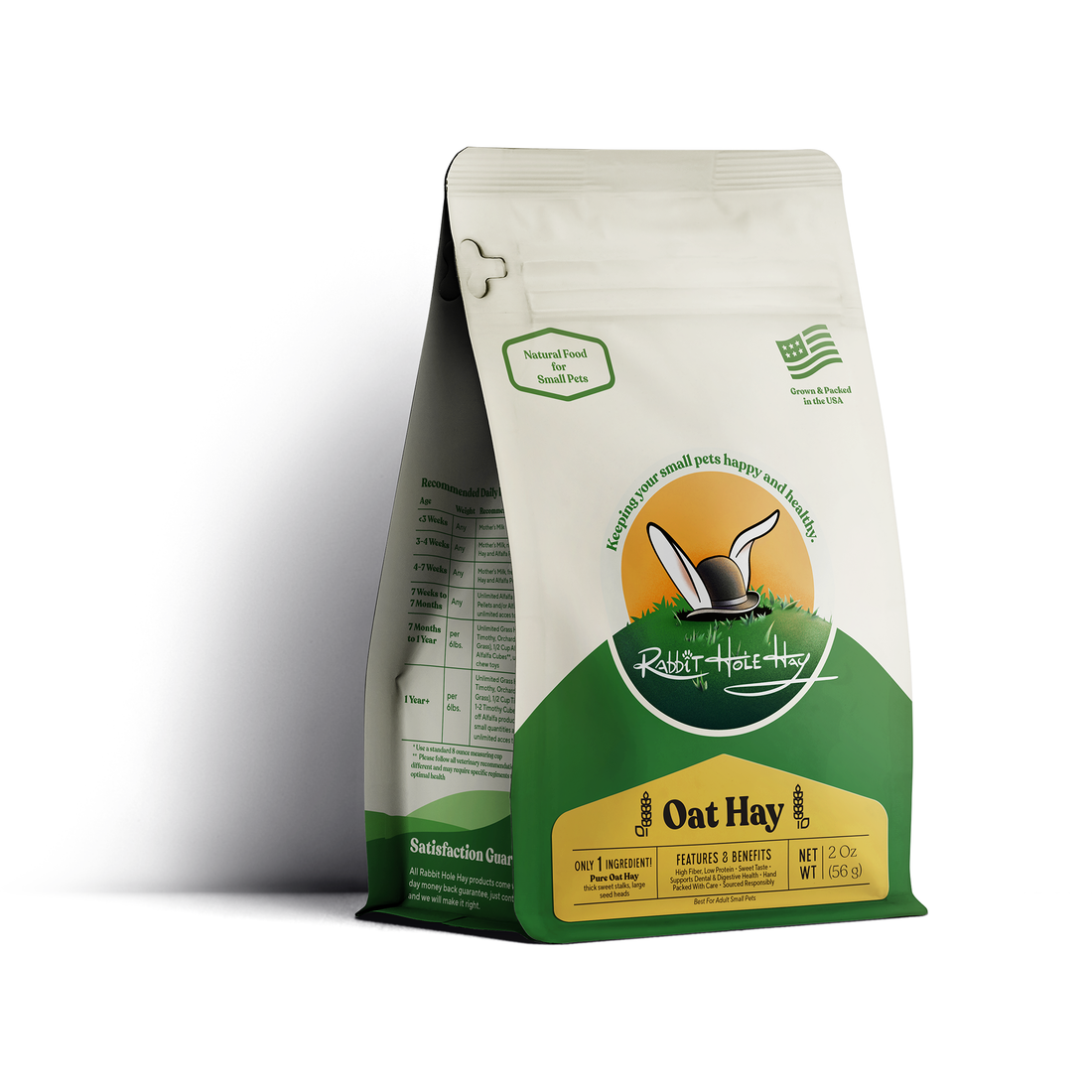

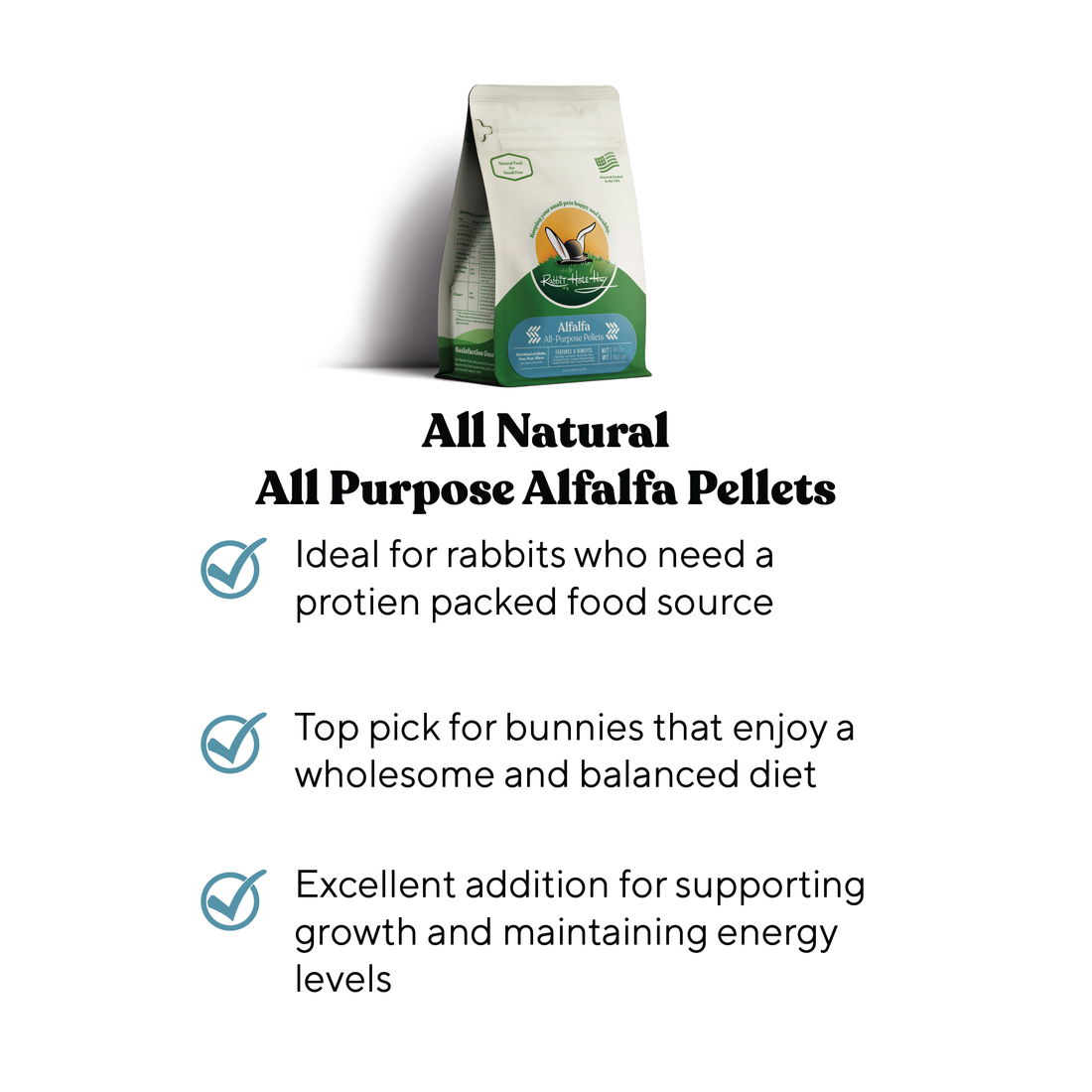
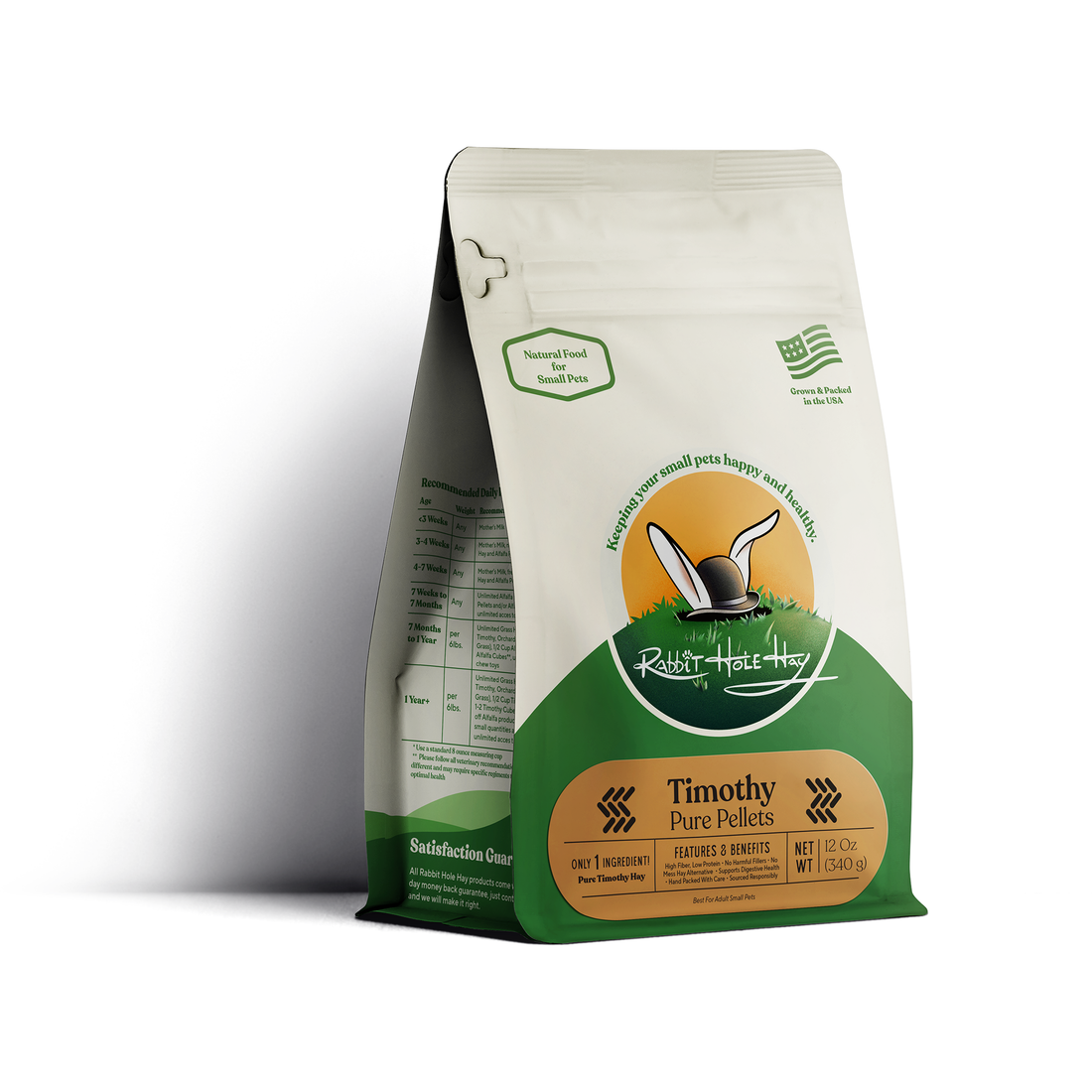




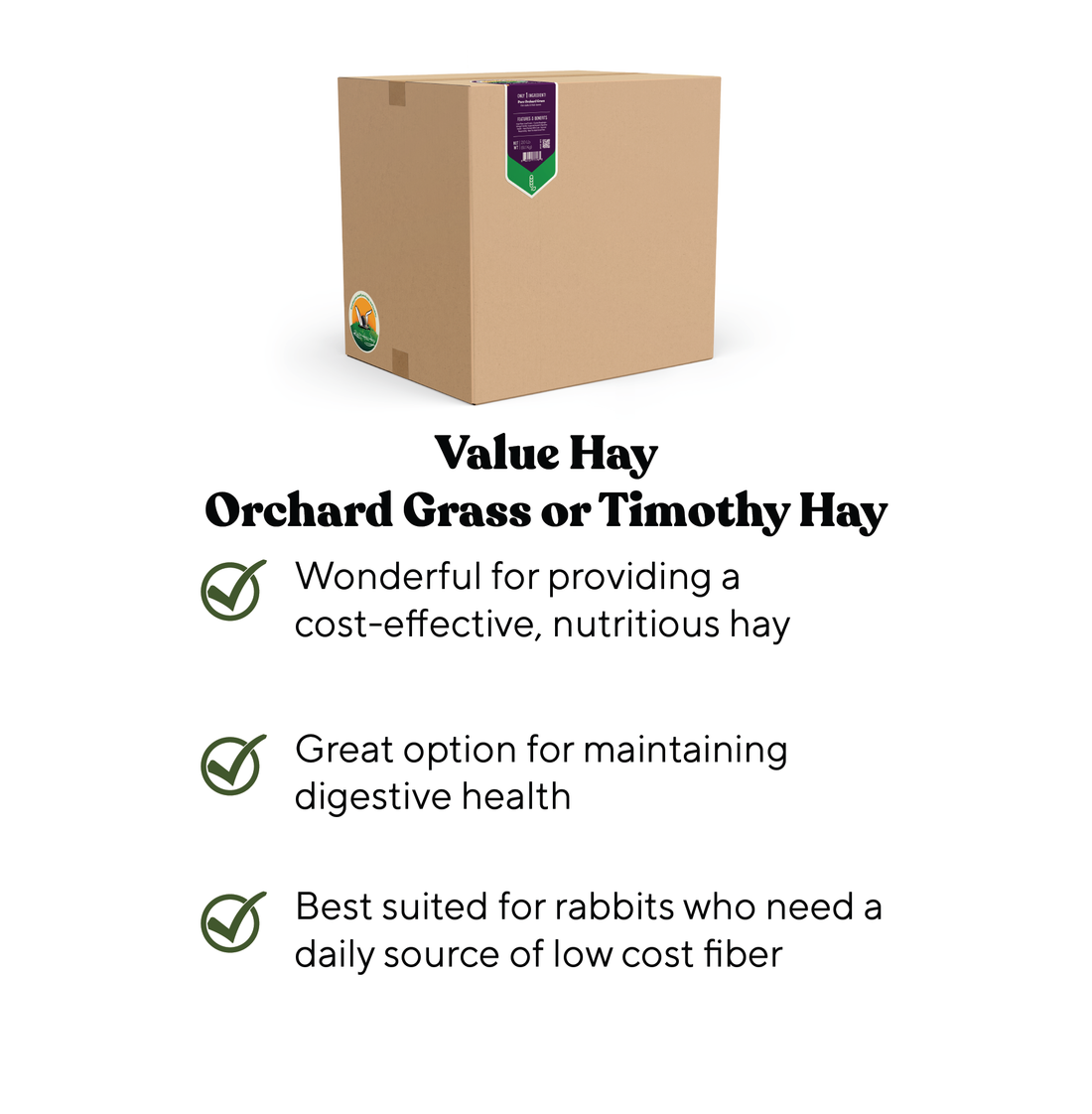

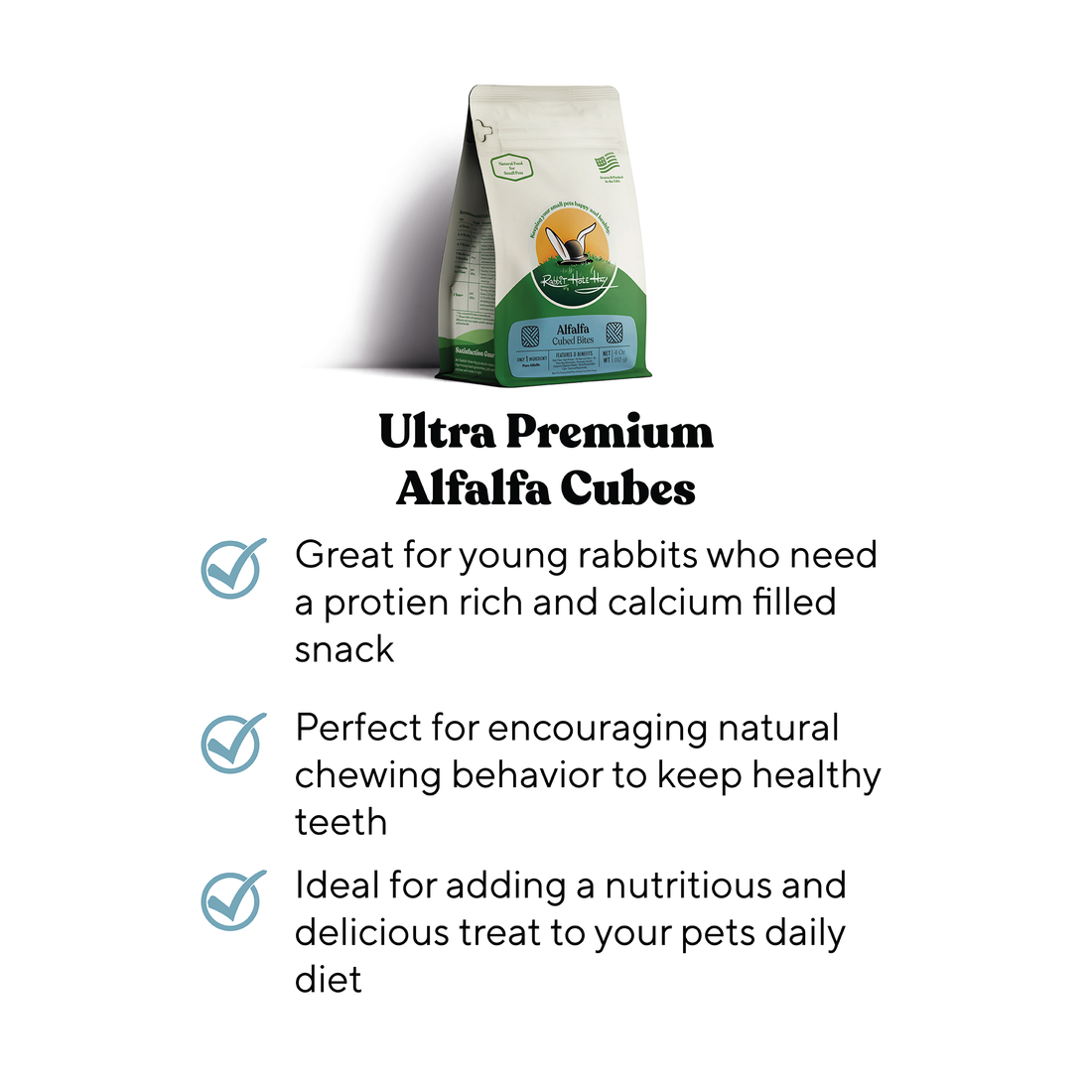




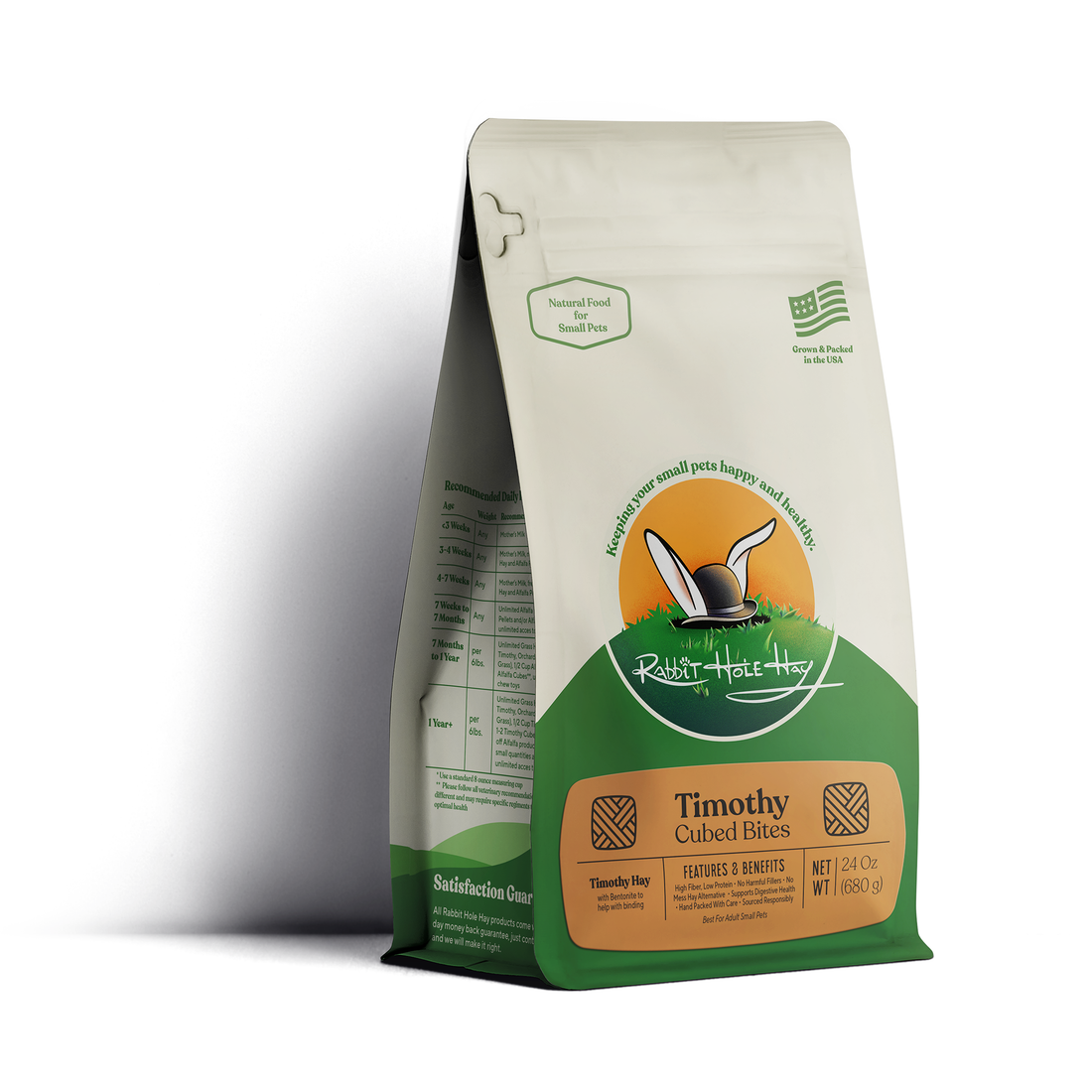

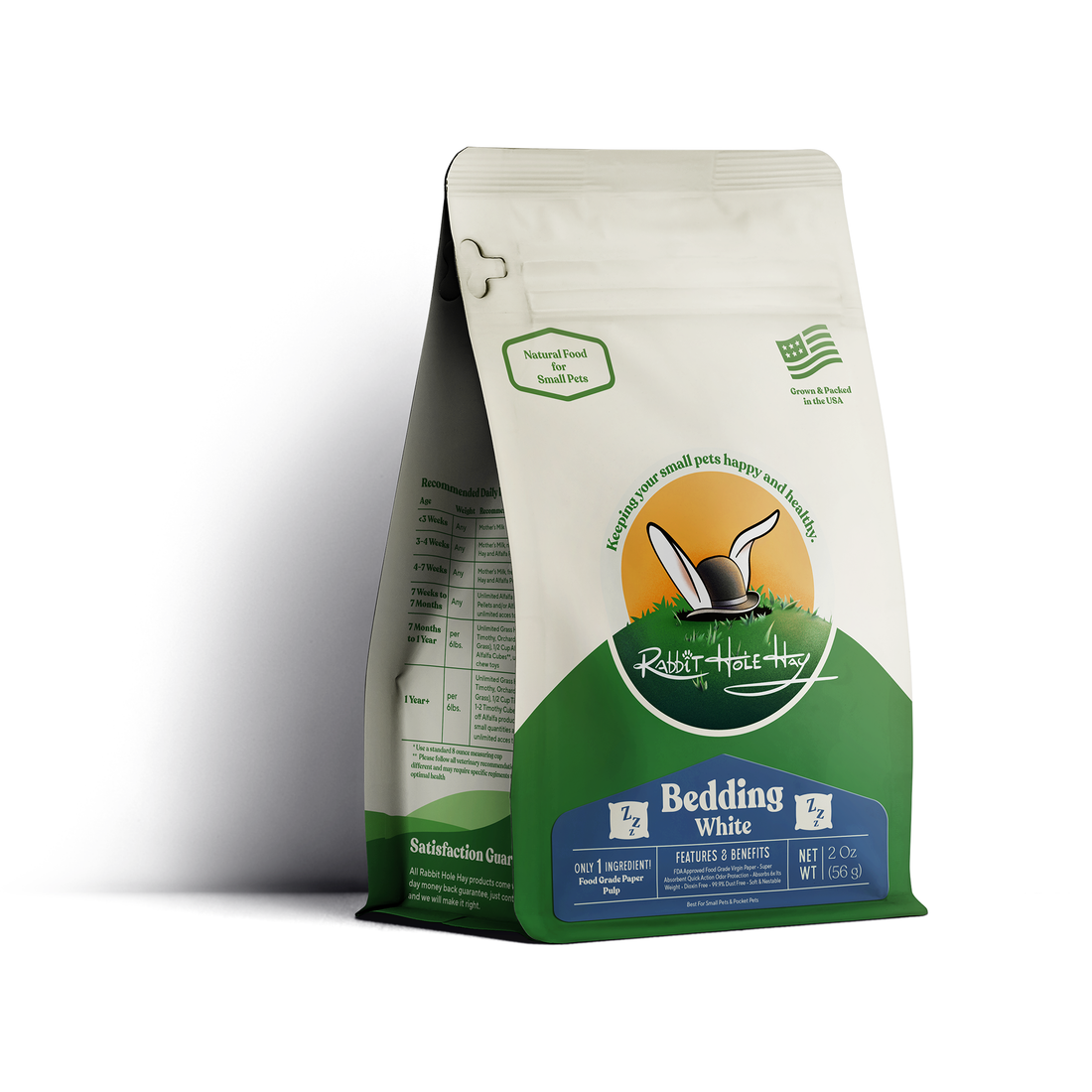
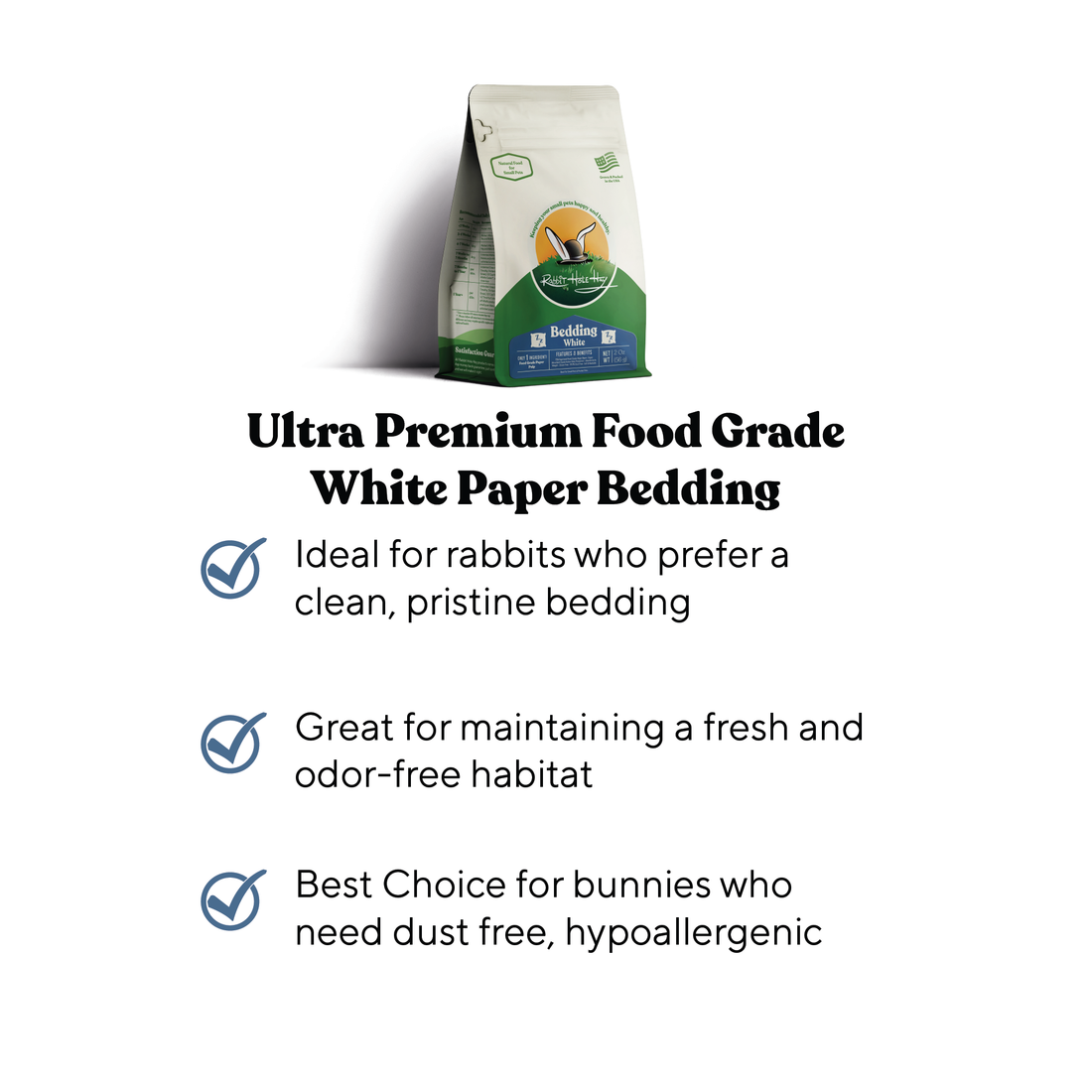








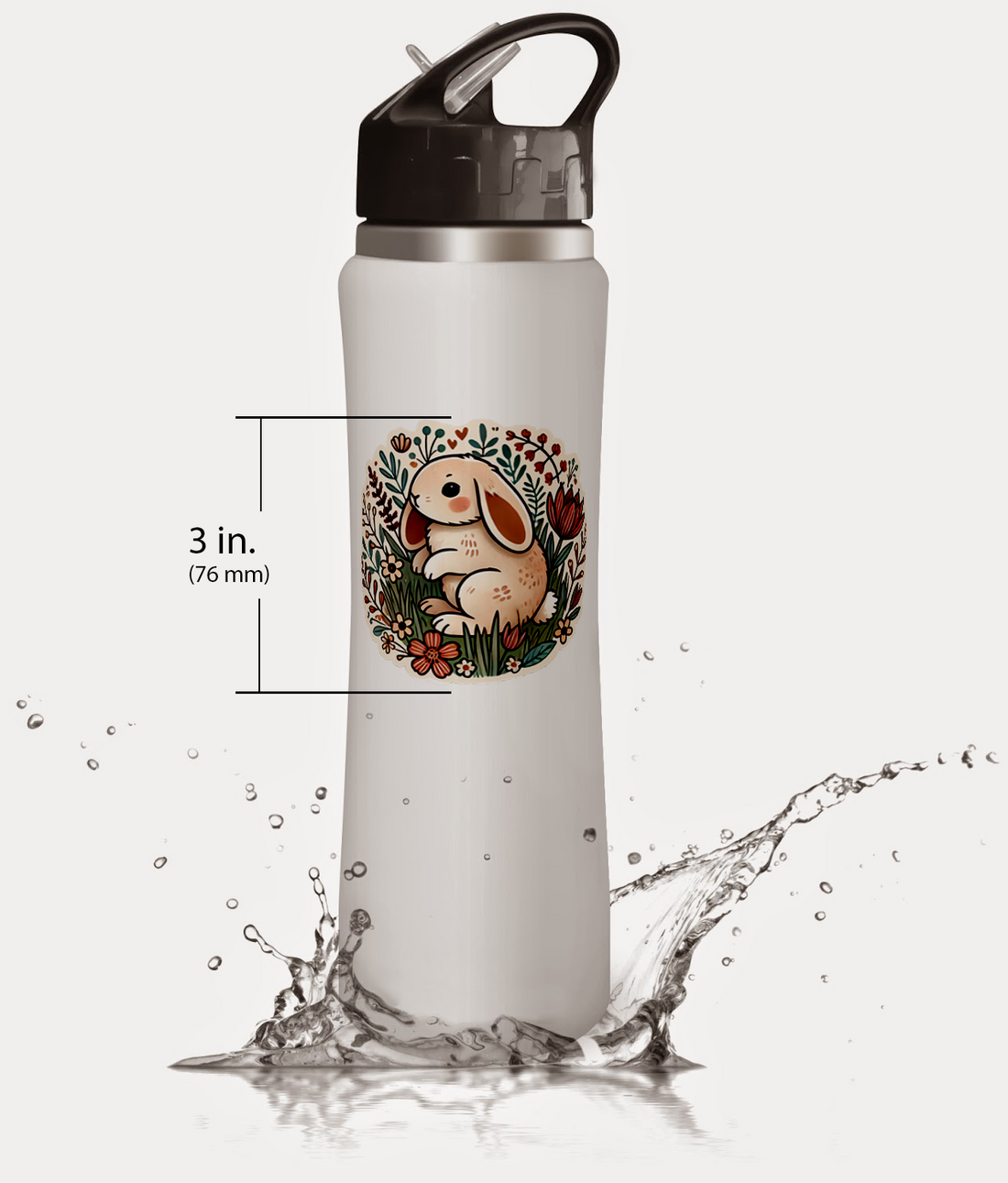
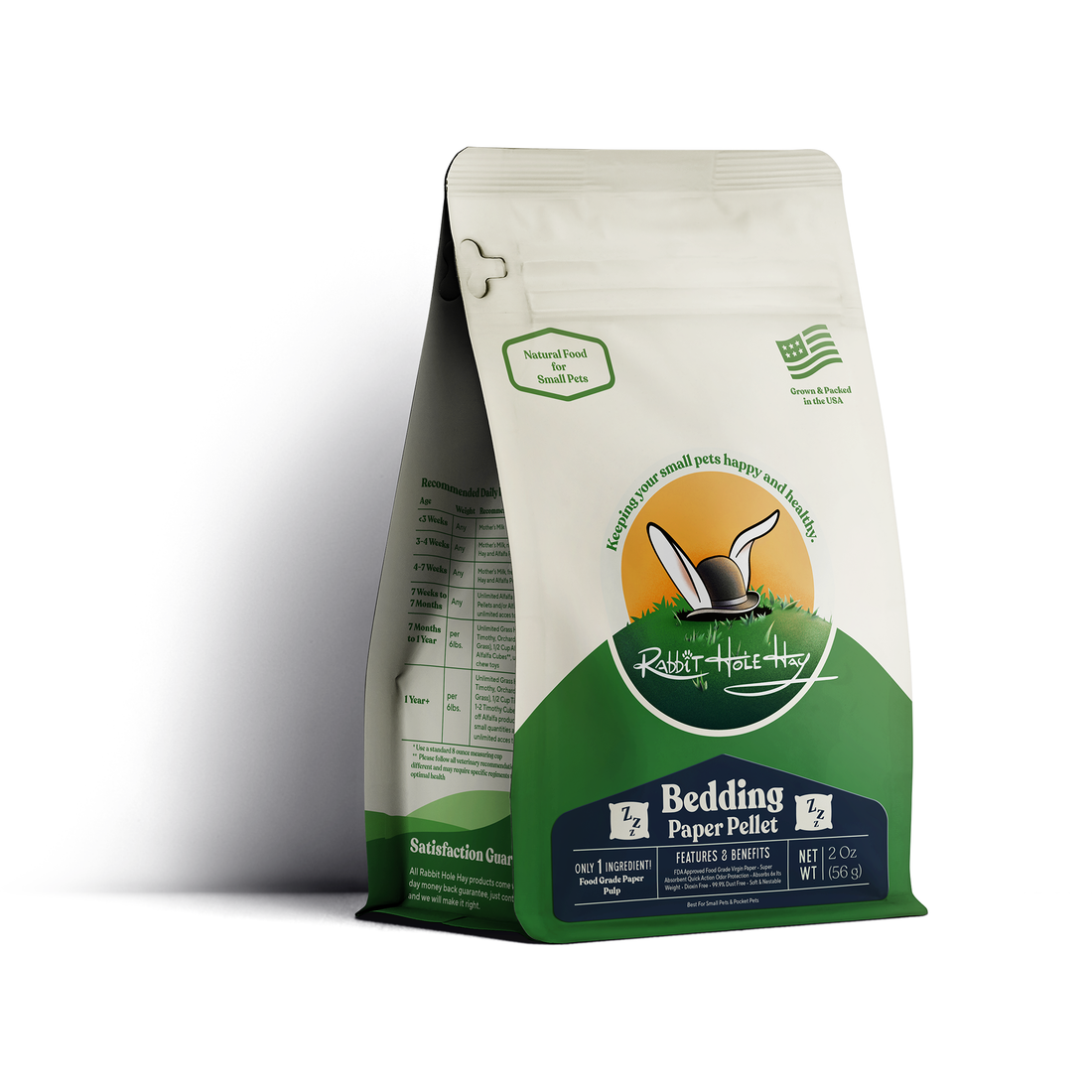



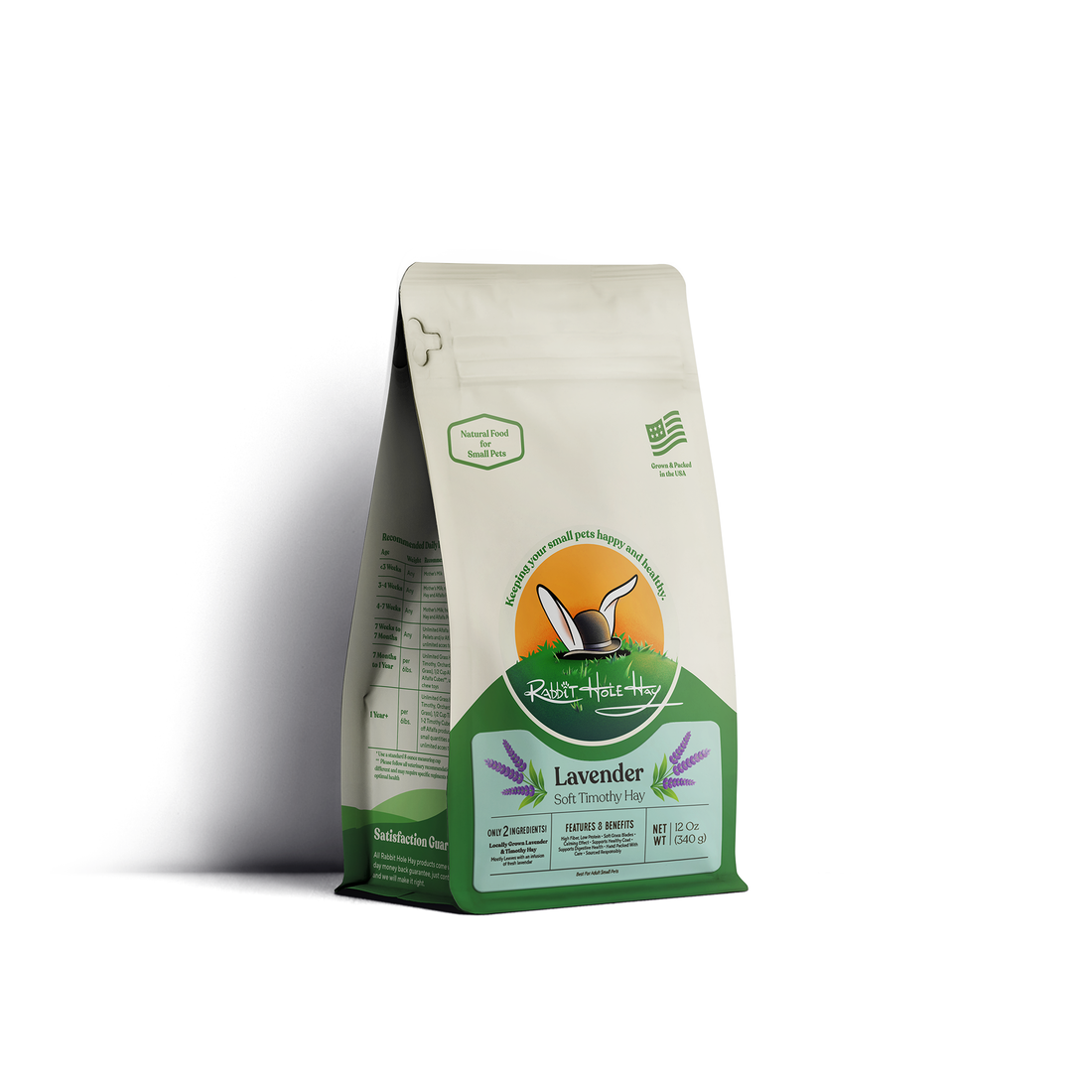


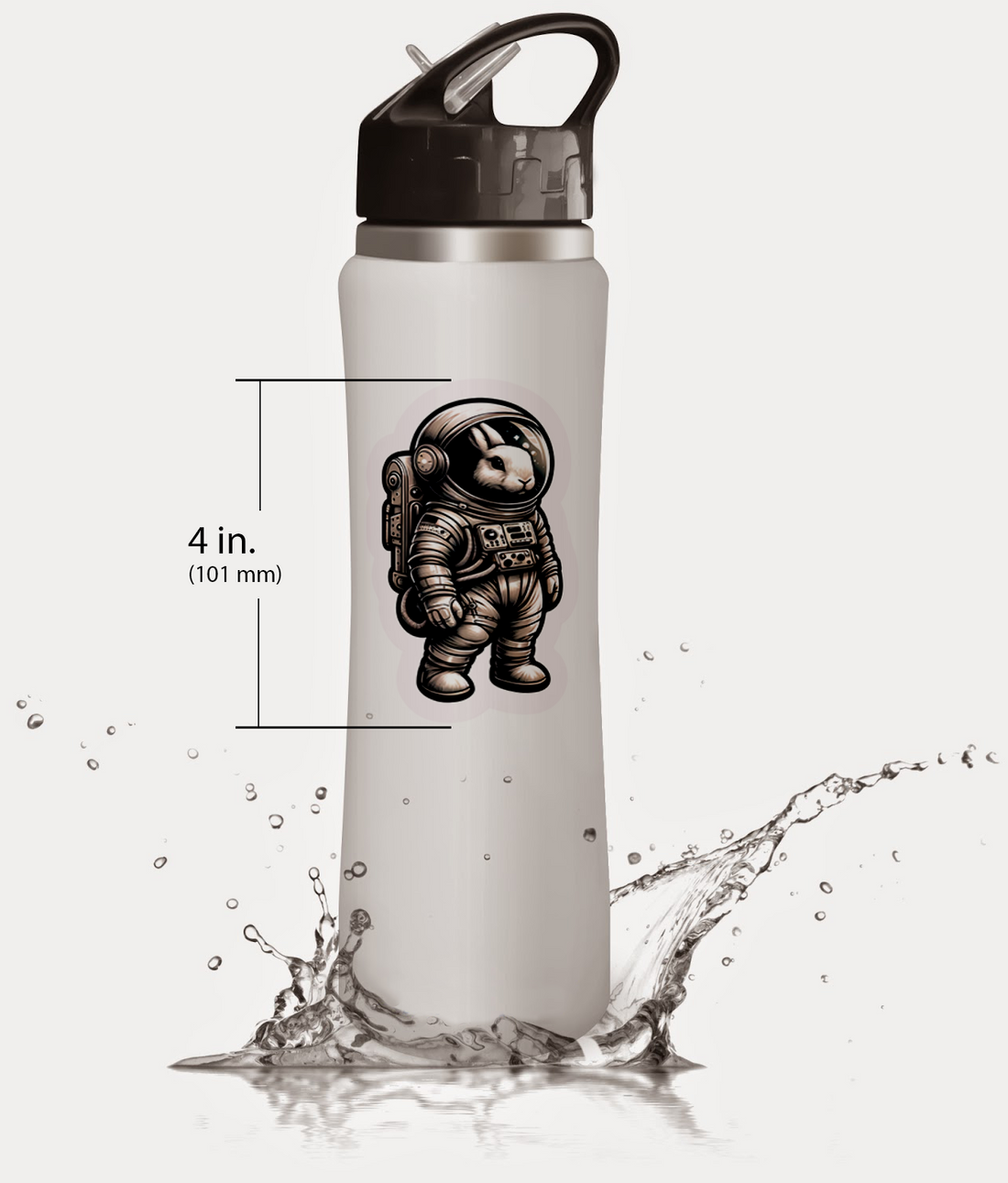

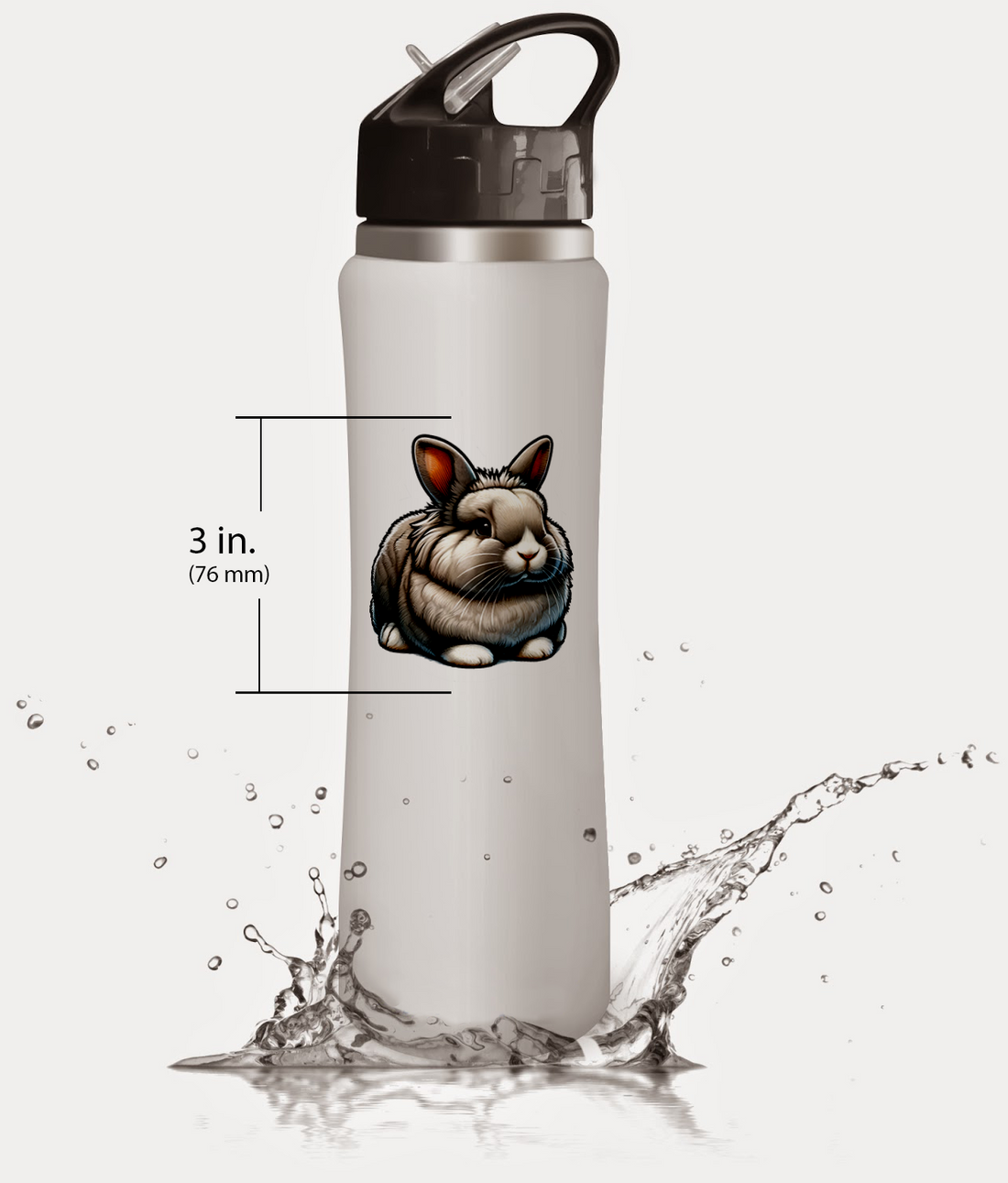

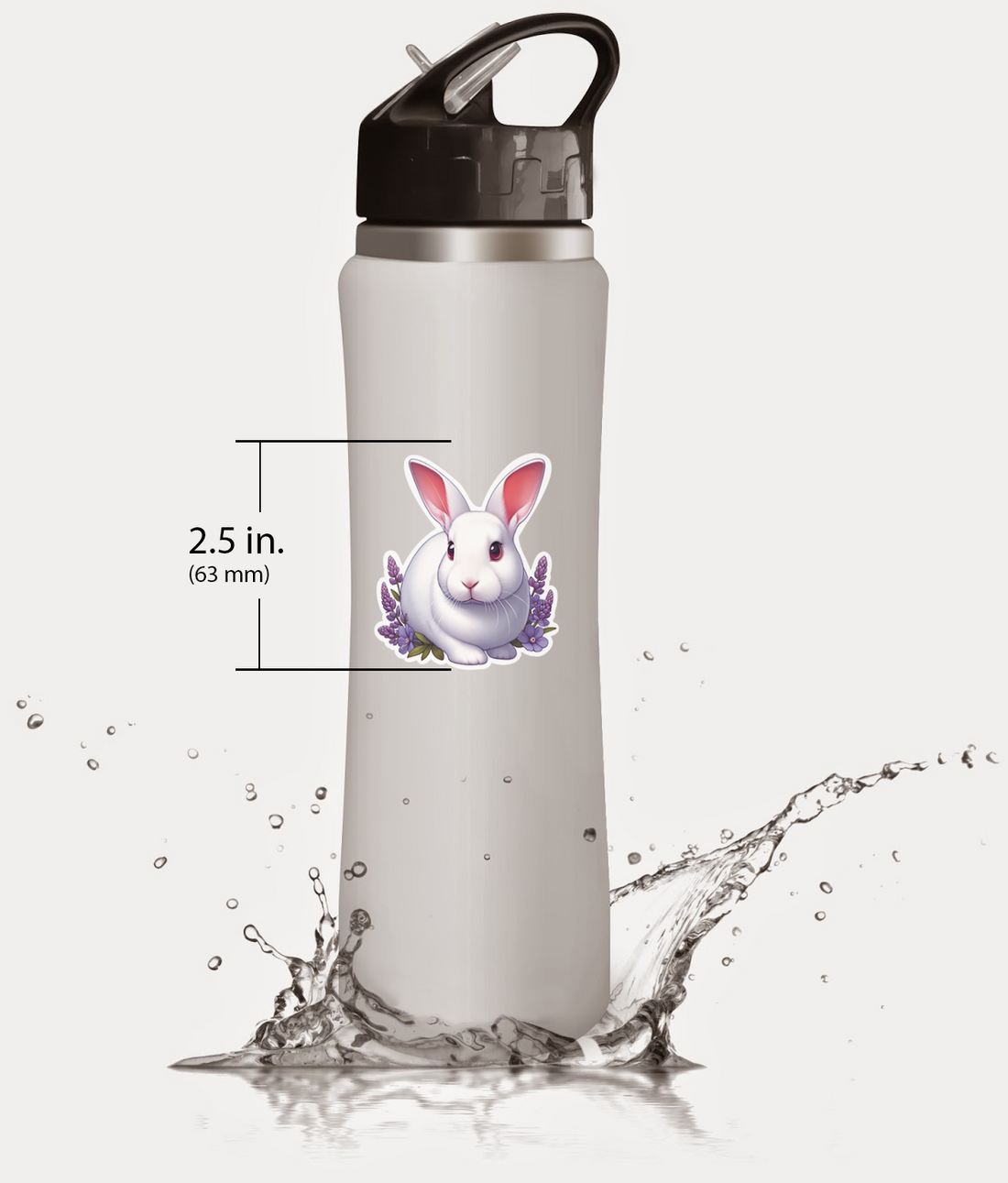



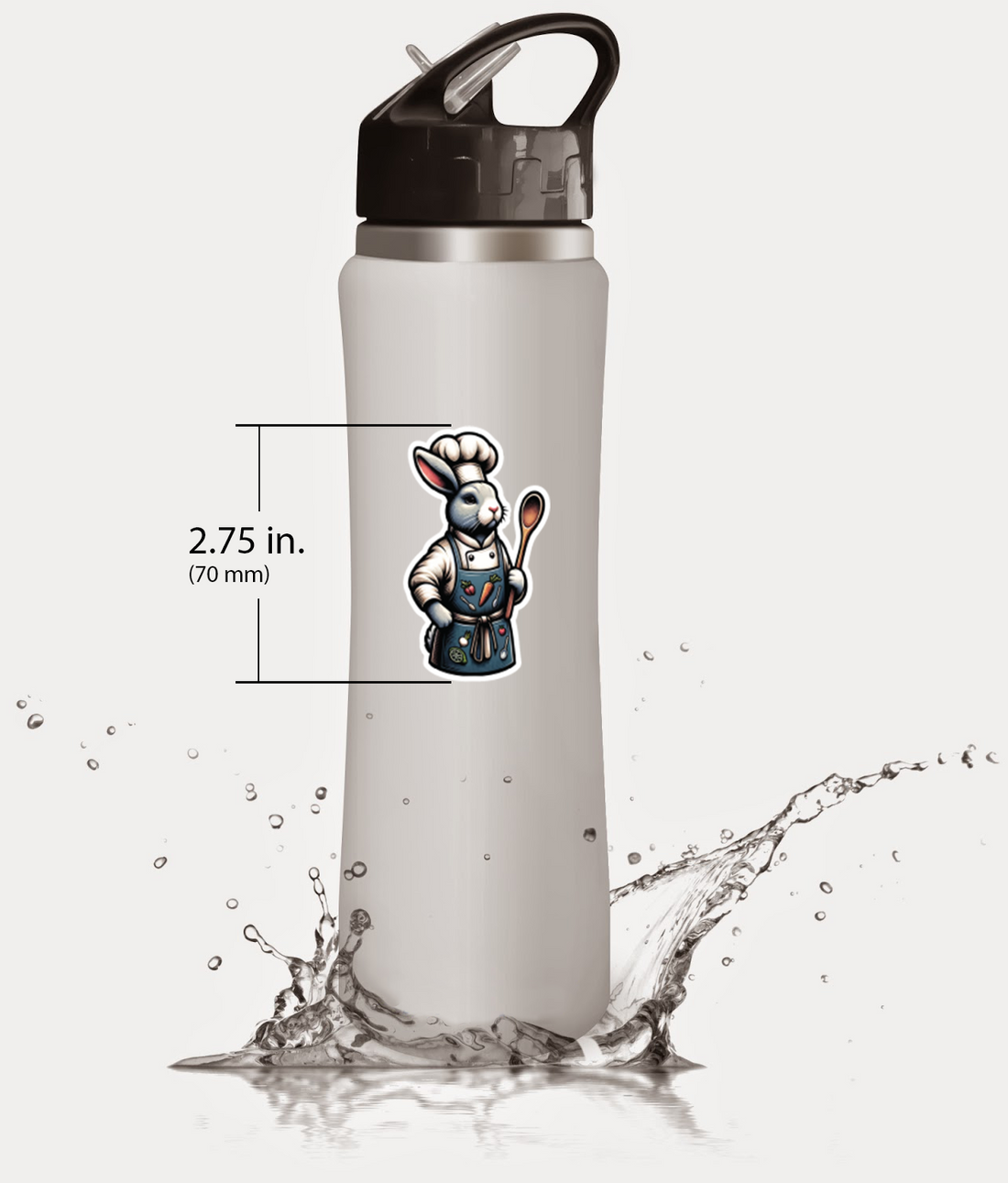





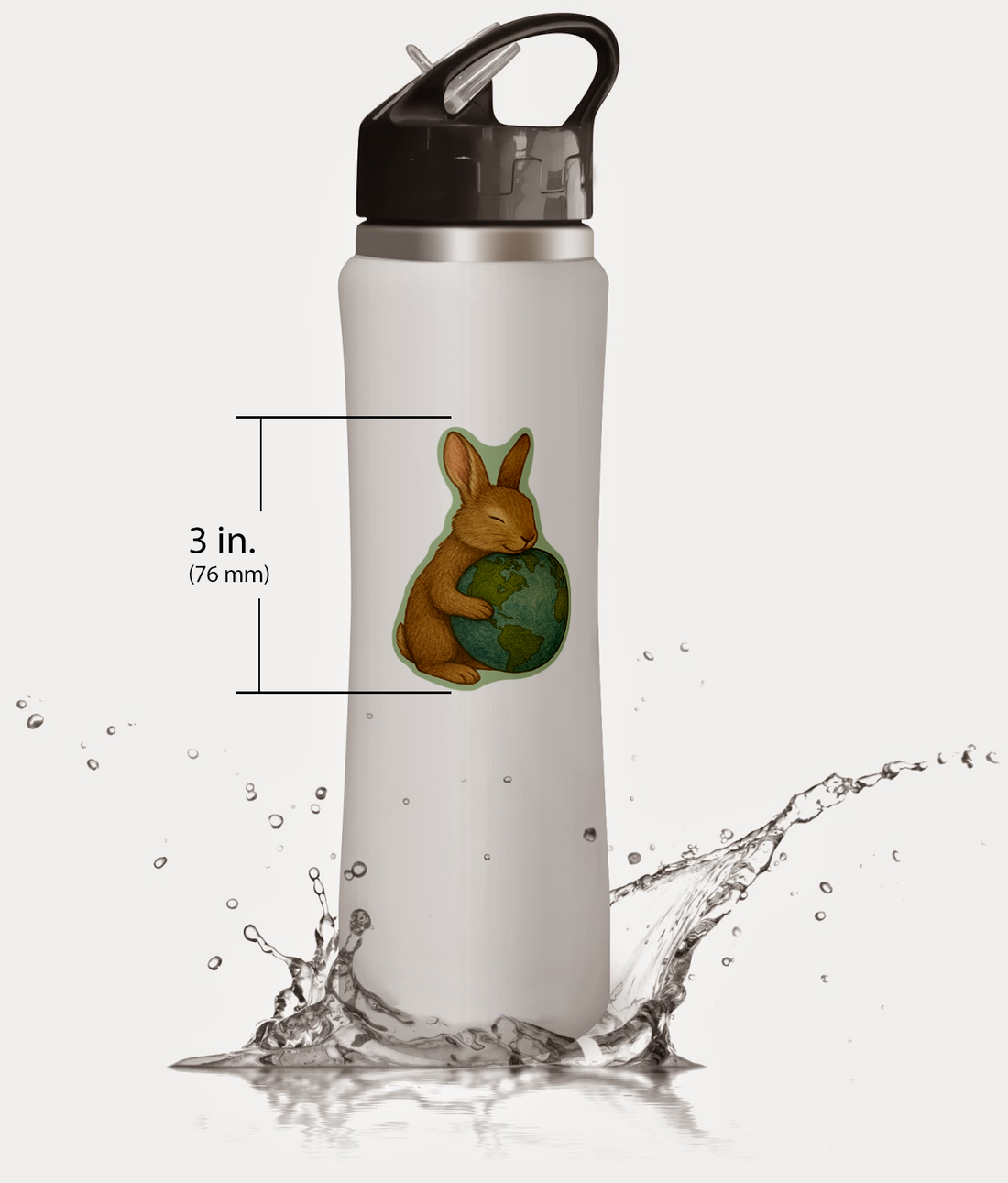



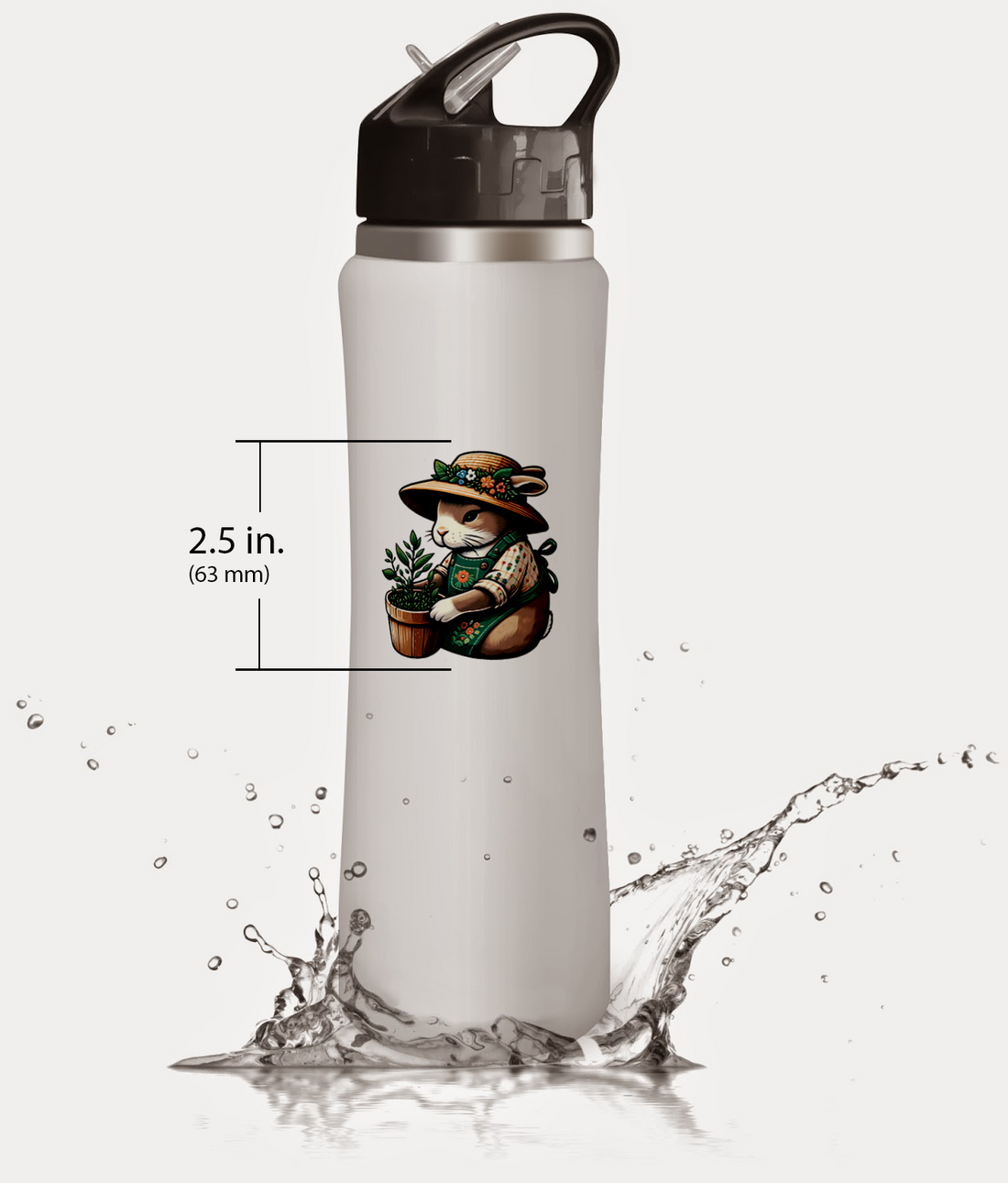









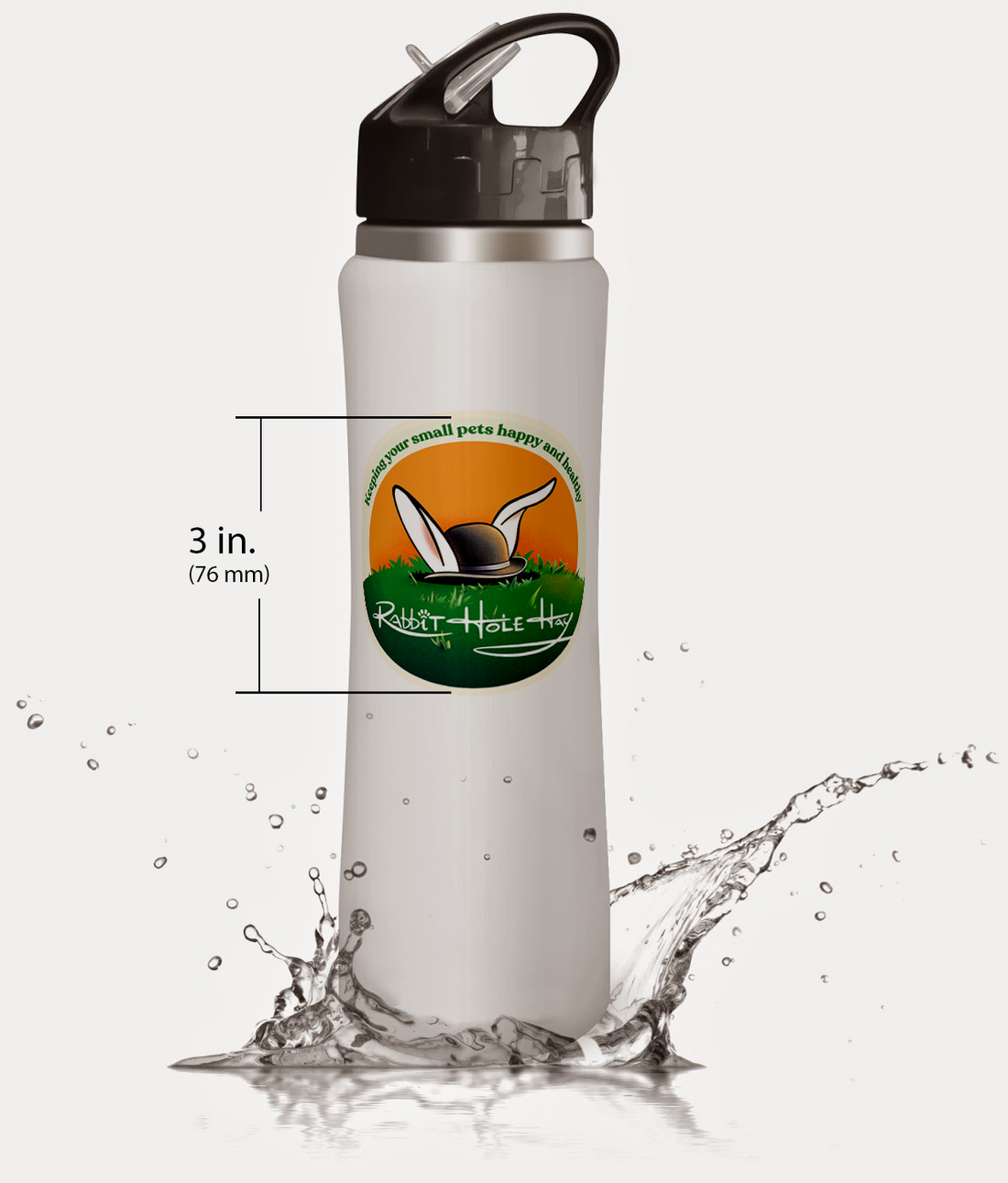







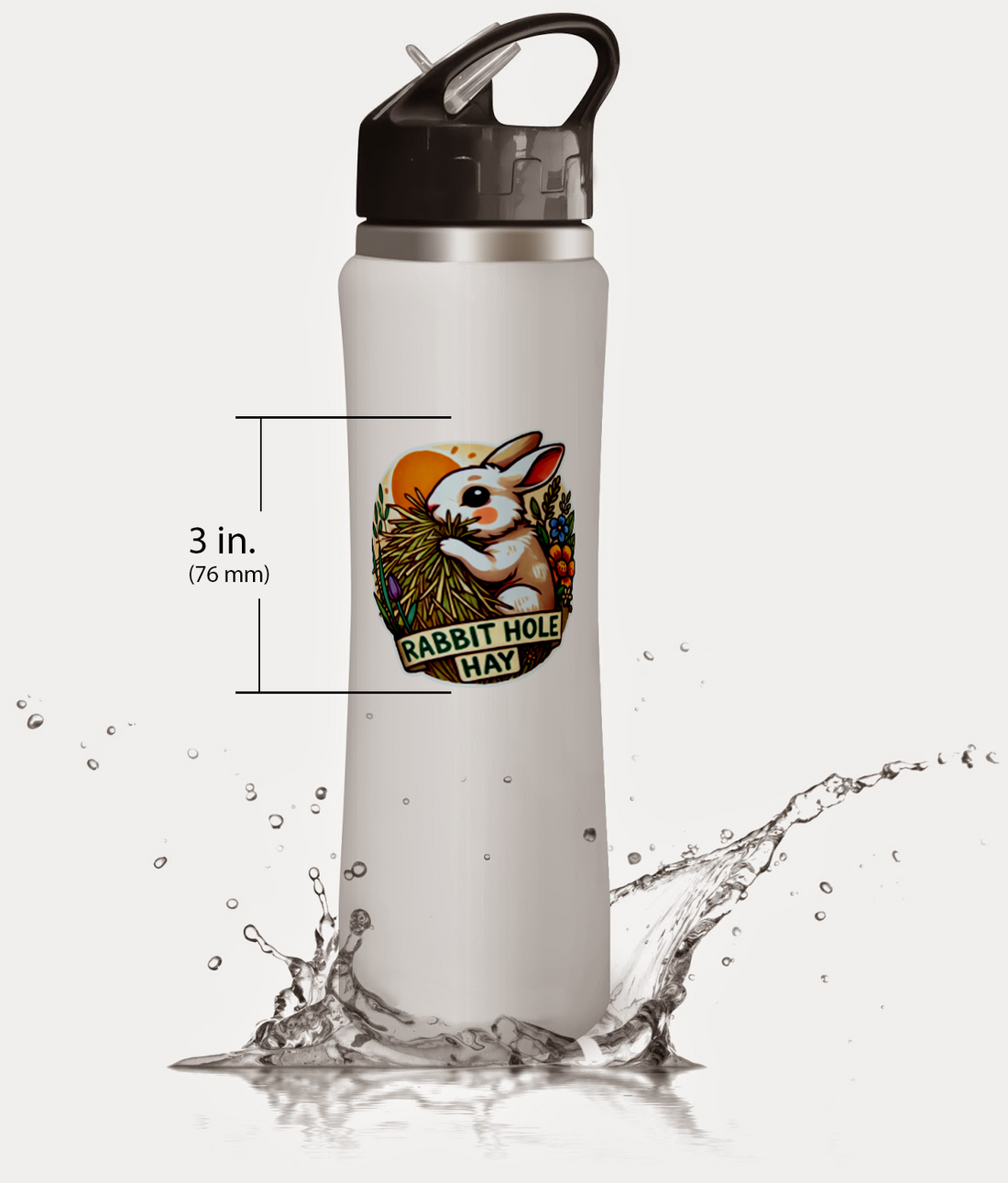

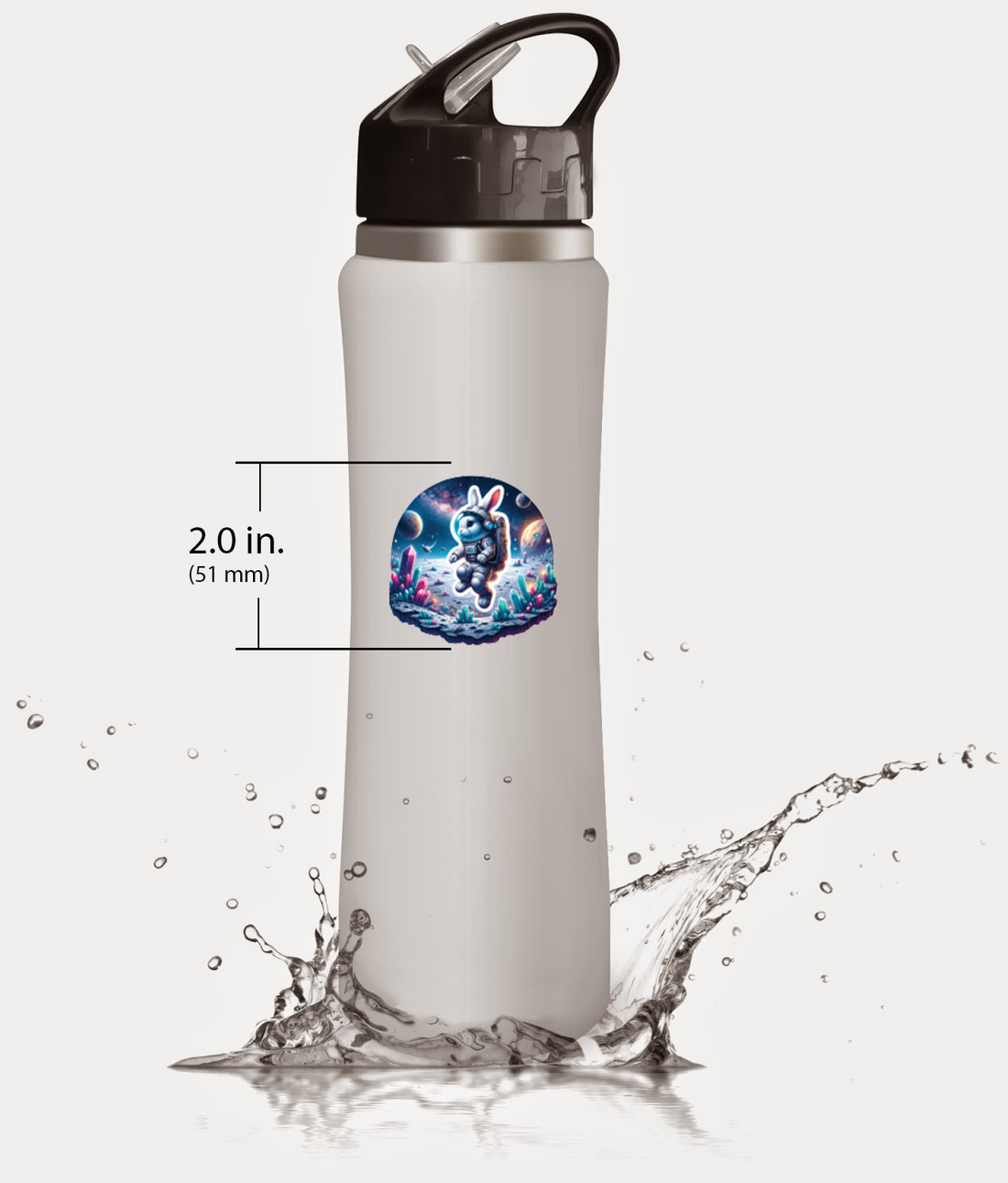



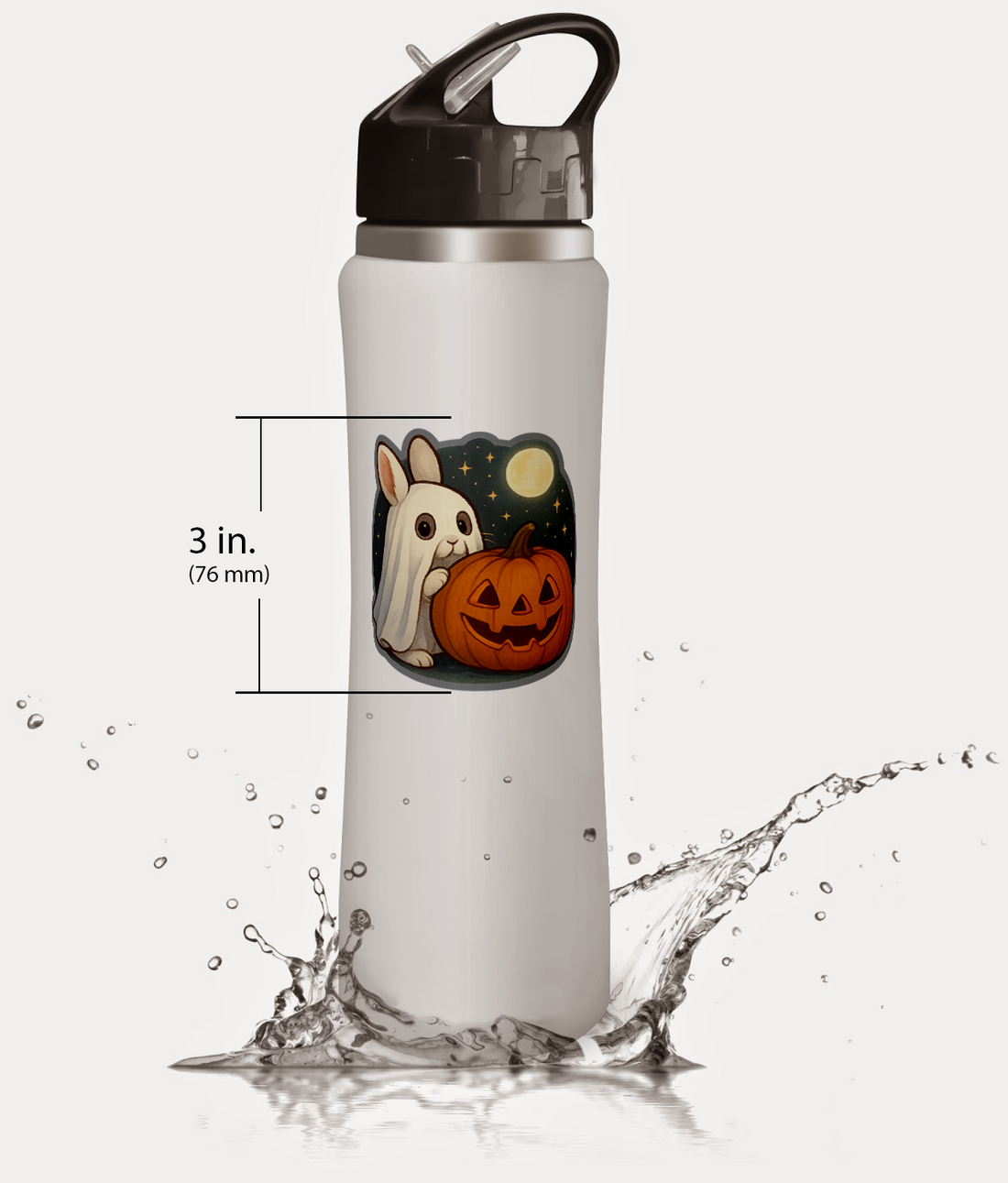

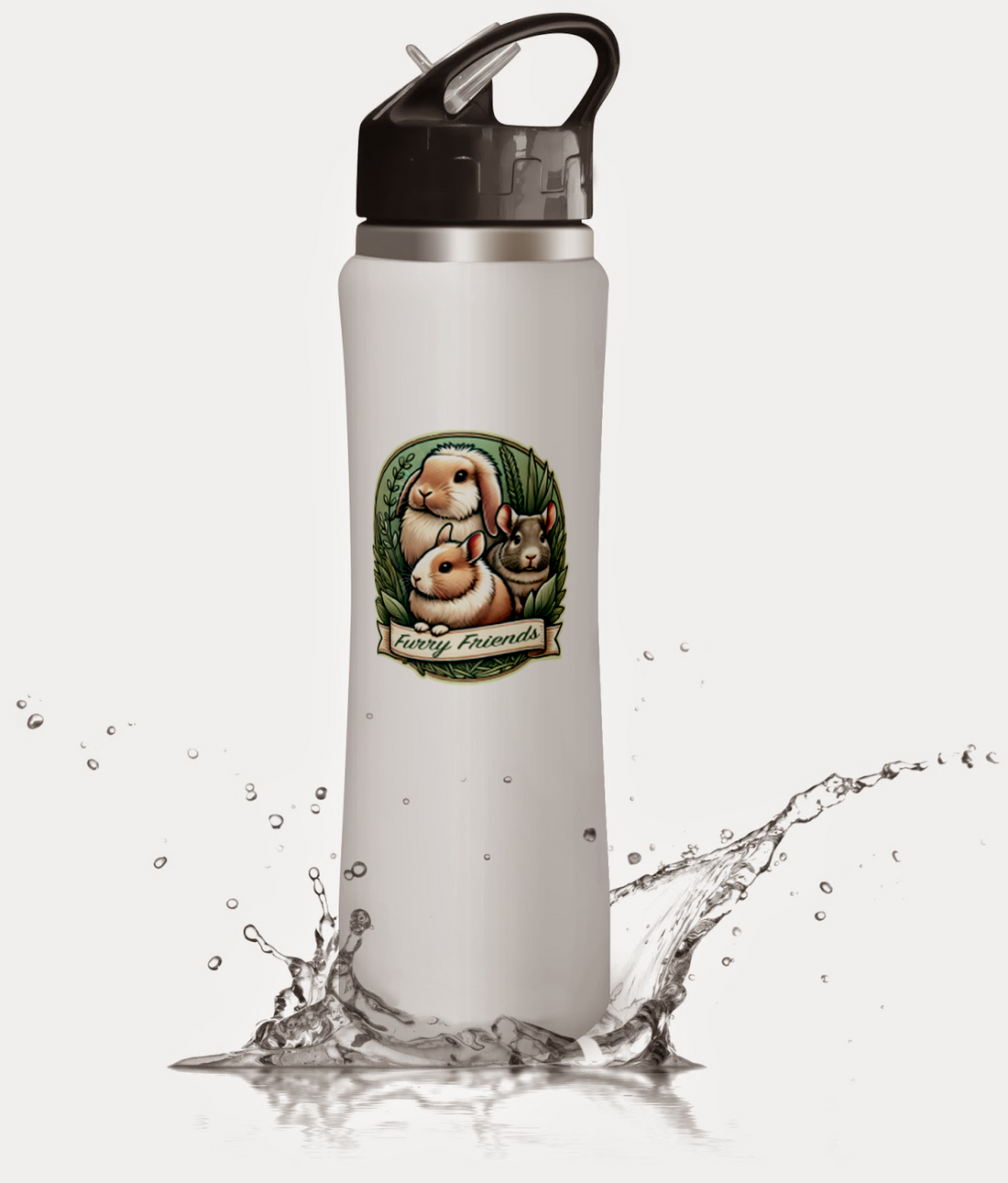






Comments